We drove into northern Lima in mid afternoon; chaos, confusion and traffic, worse than Cairo, greeted us. Yes, it is true driving in Lima is worse than driving in Cairo. Beaten up cars, trucks and buses compete for space and it seems the driver with the biggest bull bar wins. No one it seems uses indicators, indicators are for weaklings, instead they hang their arms out the window and a flick of the wrist indicates they are about to change direction, it is anyone’s guess as to where, brakes are slammed on, hooters are blasted and traffic pauses for several seconds while the vehicles rearrange themselves in the road.
It is open chaos, sirens screen out, car alarms wail, brakes screech and it seems every exhaust has a hole in it; the pungent air of diesel fuel surrounds us. Trucks rev engines, buses skid to a pausing halt while a passenger risks life and limb to jump on or off, a moving bus. We witness four accidents within 2 hours.
The Nissan’s breaking system is put into over use as we constantly slam on brakes to avoid yet another collision. I feel my adrenaline pumping and I am starting to feel aggressive and soon I am one with the all the other drivers. “Get out of my way I am first!”
Tom navigates yelling out directions,
“Move into the right lane”
“Hell no go left!”
“Turn right now! shit it is one way keep going straight!!”
“Watch that guy on your right he is flicking his wrist, he is about to make a move somewhere”
“*#@% that was close!!”
I love my ARB bumper and I feel the power of the Nissan’s V8 when I give gas, get out of my way here we come!! No Canadian driver here we are like a well-oiled Peruvian driving team. We arrive safely on the other side of Lima and head to the hostel where we can camp in the parking lot. Life is good there are hot showers and we survived our first drive across Lima. Next morning we are back on the road fighting the traffic and making our way to Firewheels, the 4X4 outfitters and service company that will help us fix our suspension problems. The Nissan is hoisted up high and a group of men gather below and discuss our options. We agree to leave the Nissan there and we head off to find a hotel with our bag of laundry and supplies we may need slung over Tom’s shoulder.
Enlarge

Adventurouspirits
Enlarge
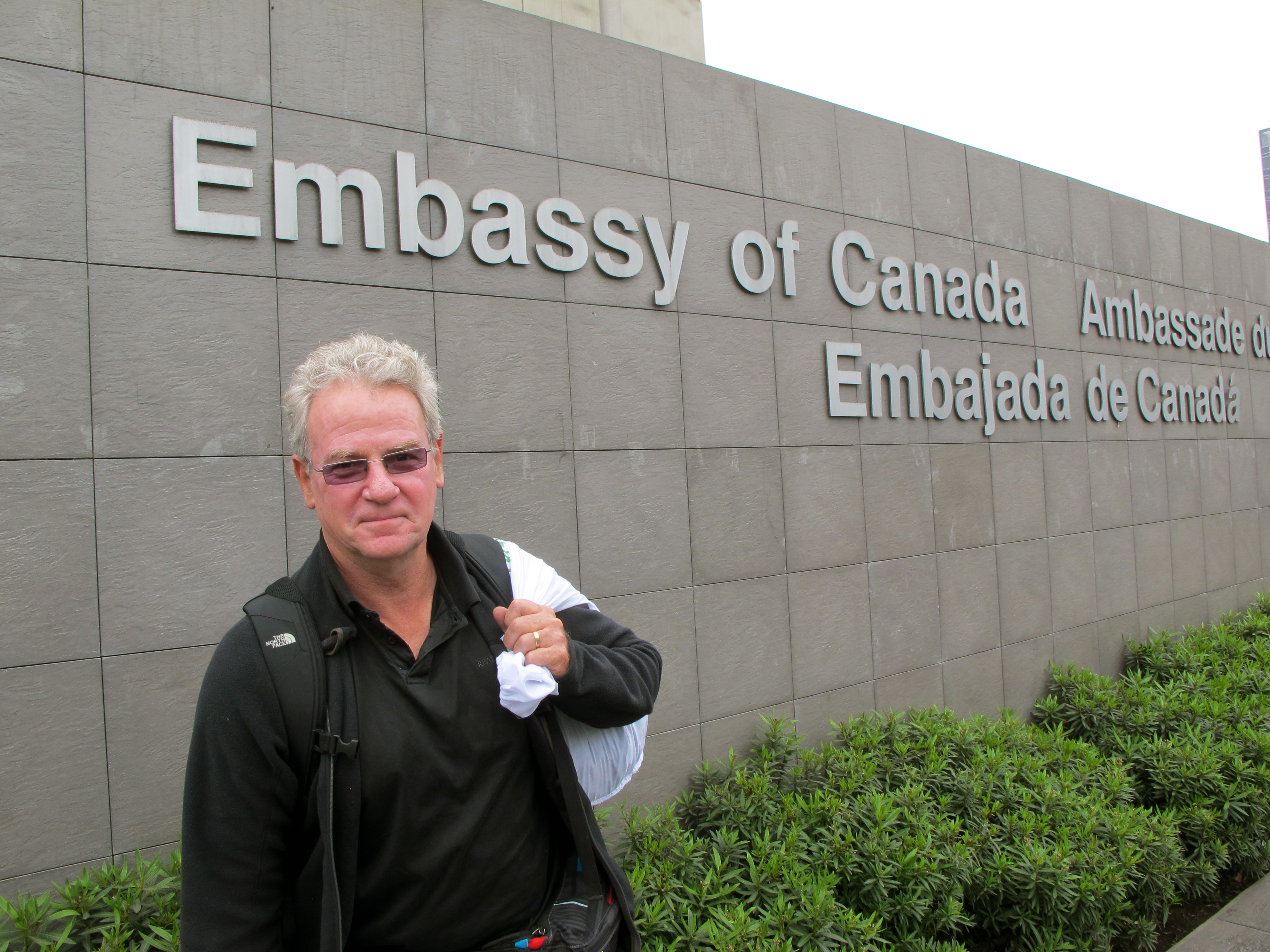
Adventurouspirits
Since it was our 39th wedding anniversary so we decide to take a nice hotel and spoil ourselves. We arrived at the fancy hotel, our laundry bag slung over Tom’s shoulder. Not the usual tourist arrival with beautiful luggage nicely labelled. Tom asked if they had a room, the receptionist leaned forward and said in a low voice, “A room costs $90.00”
“That’s fine we will take it” She asked for our passport and entry document, a form supposedly completed on one’s arrival at the airport. Tom informed her that we did not have an entry document because we drove to Lima from Canada. There was silence, and then a smile and she said, “Okay a passport will do.” Then she announced she would call a bellboy to help us with our luggage. Tom retrieved the laundry bag he had dropped on the floor and said “No necesario.” “Do you do laundry?” I asked. We went up to the room rang for the bellboy to pick up our laundry and headed off to explore Lima on foot.
Lima has a park dedicated to ‘LOVE’
Enlarge

Adventurouspirits
Coincidently we discovered this park on our 39th wedding anniversary, which we celebrated in style at a fancy restaurant.
Enlarge

Adventurouspirits
We had a couple of weeks to wait in Lima for our replacement airbags to arrive at the mechanic shop so we had plenty of tome to explore the city and its surrounds.
Enlarge
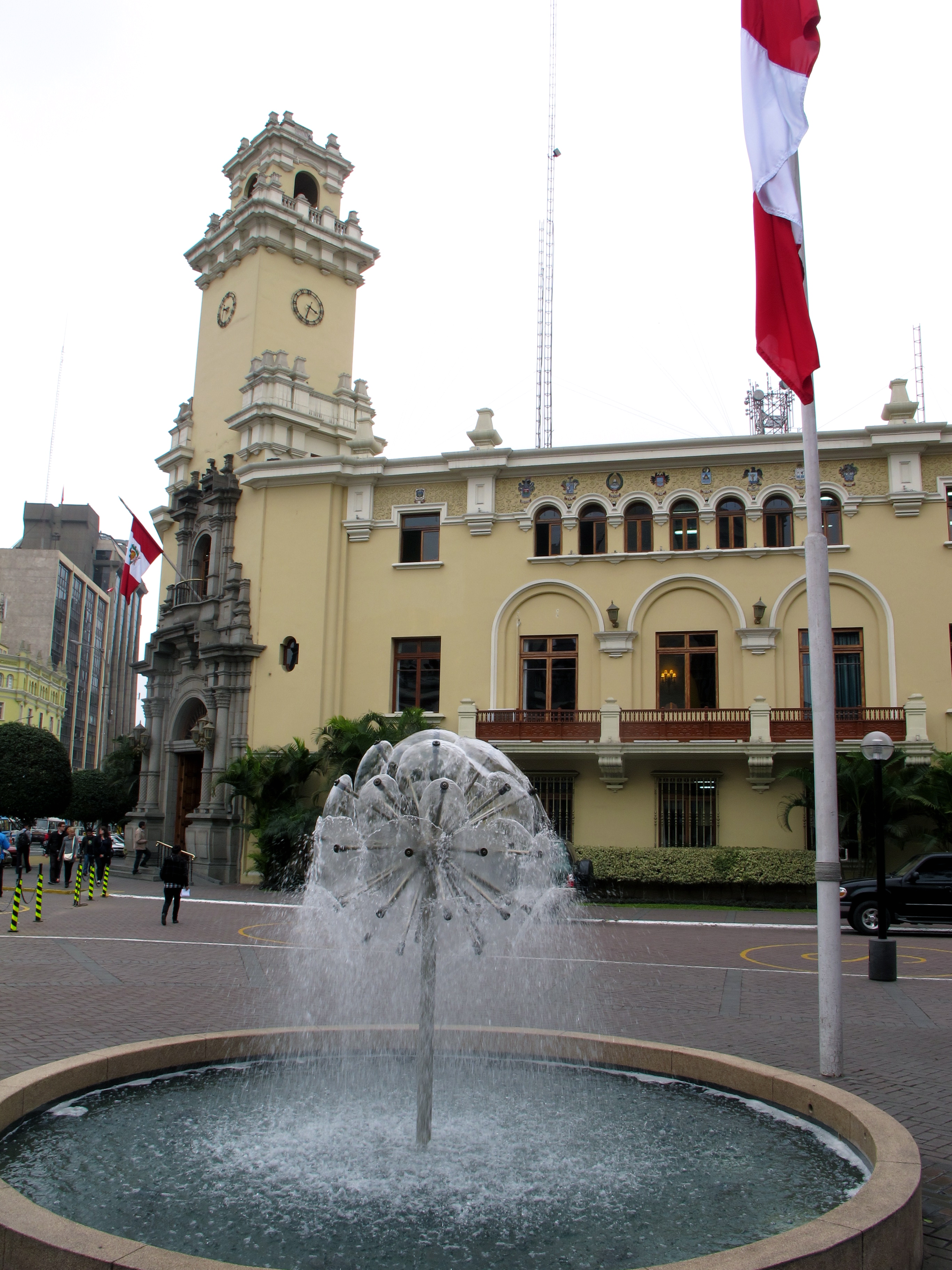
Adventurouspirits
Enlarge
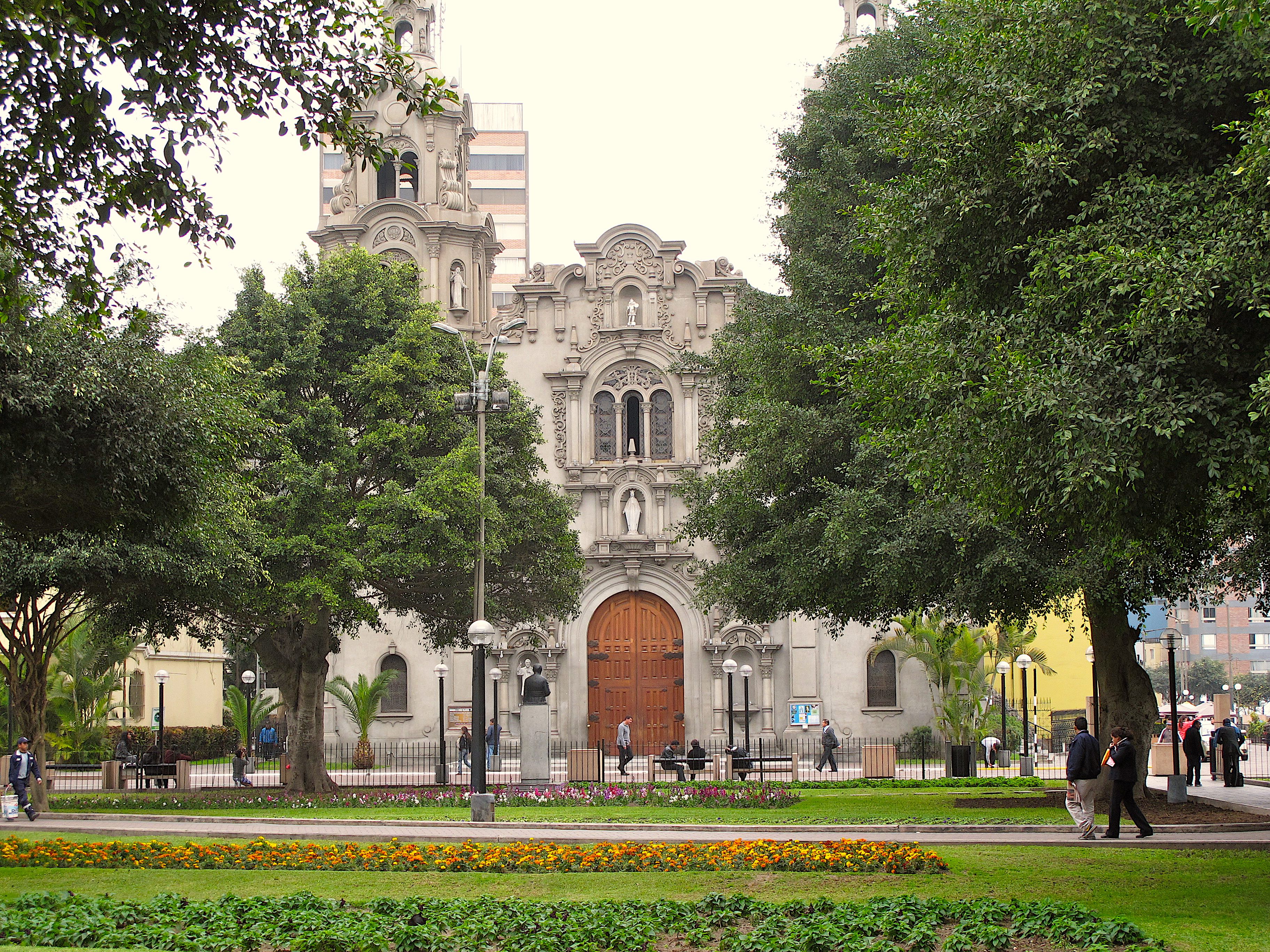
Adventurouspirits
At this time of year, Lima is covered in a constant steely grey fog. We walk along the shoreline in Miraflores and begin to like the feel of this city. Yes, the traffic is chaotic, but it has lovely parks, interesting beaches and friendly people.
Enlarge
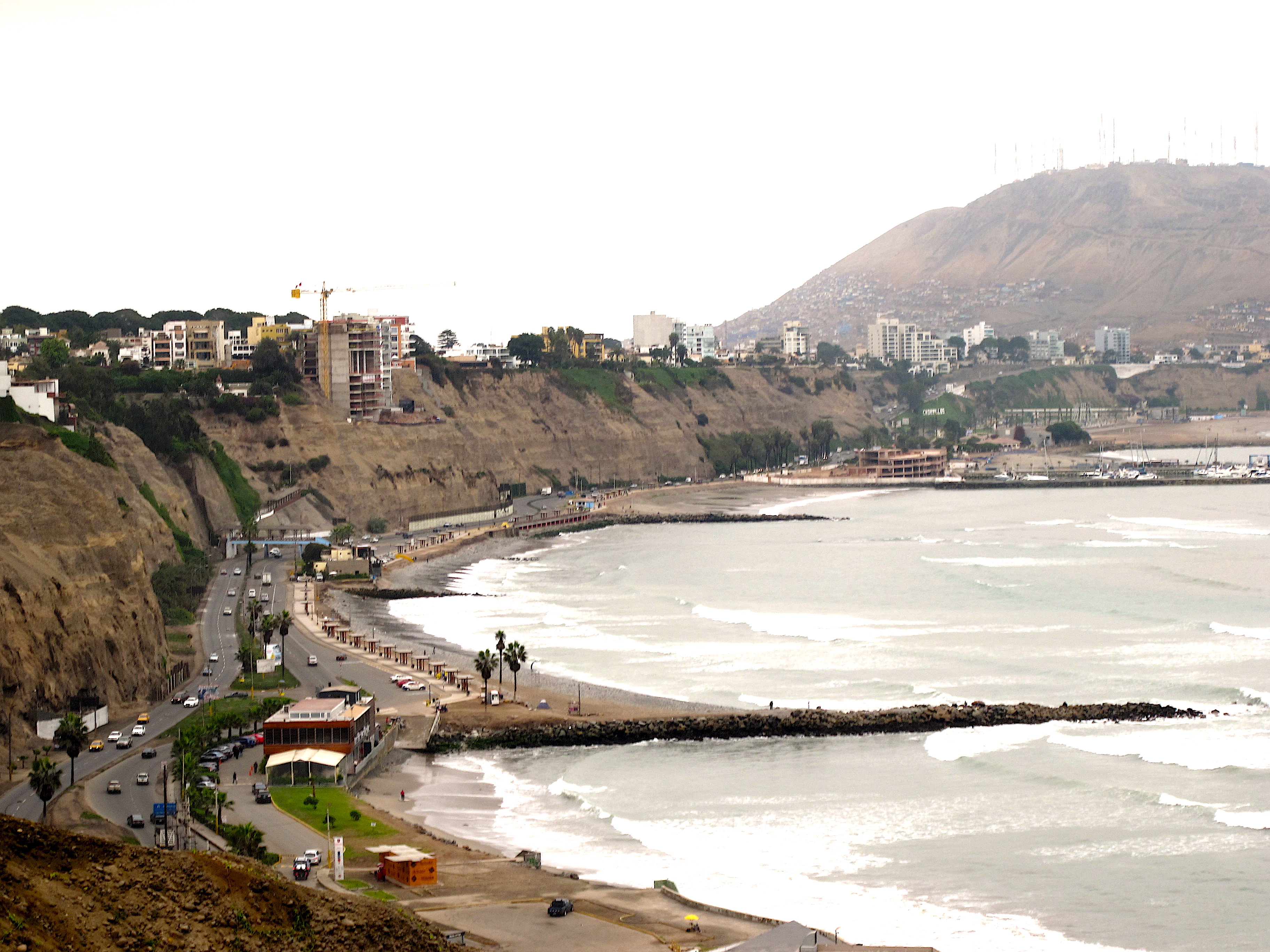
Adventurouspirits
Enlarge

Adventurouspirits
Enlarge

Adventurouspirits
We have our truck back while we wait so we are back camping in the parking lot and are looking forward to discovering some more of this city. Life is full of the unexpected.
Enlarge
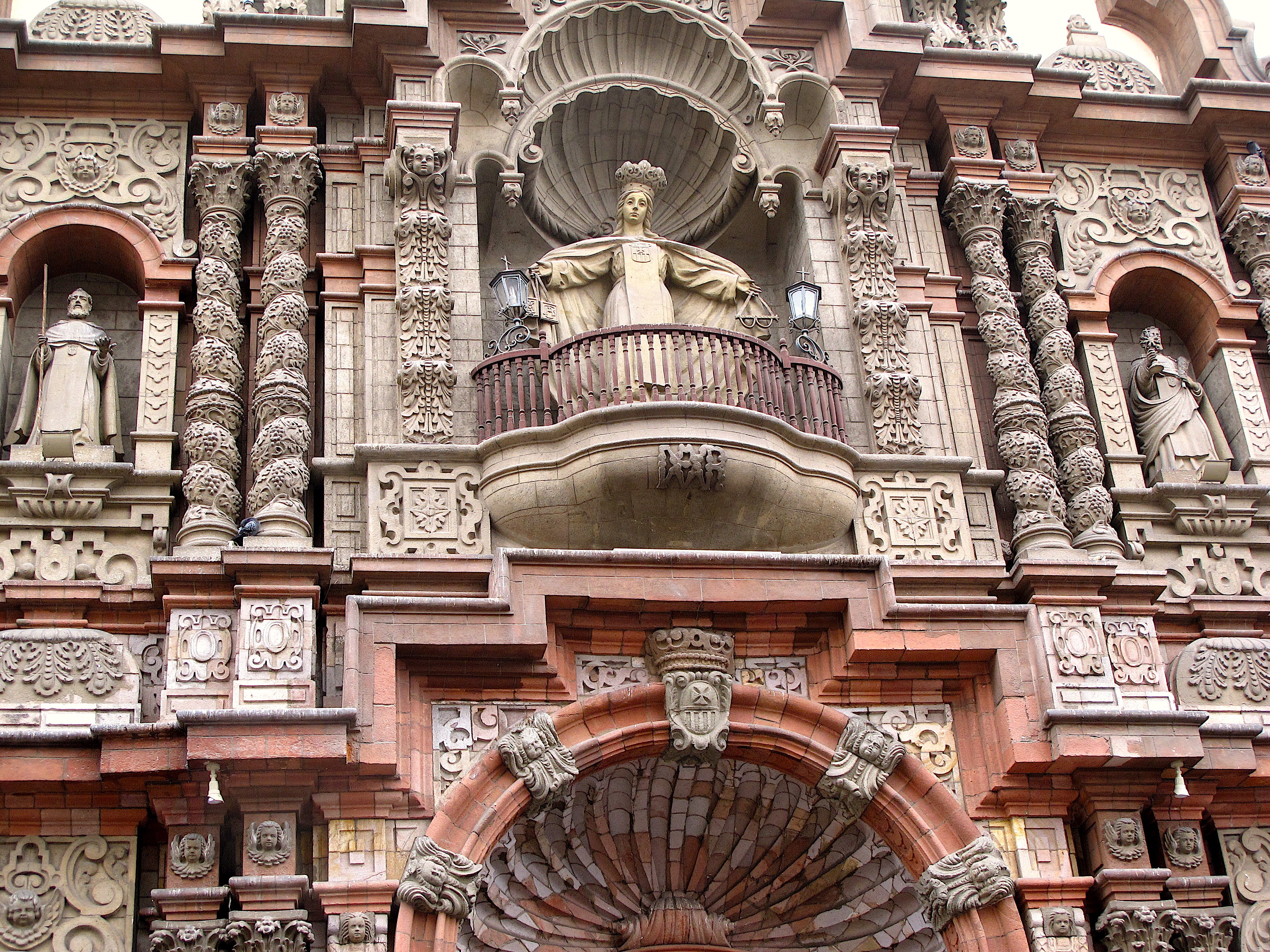
Adventurouspirits
Enlarge
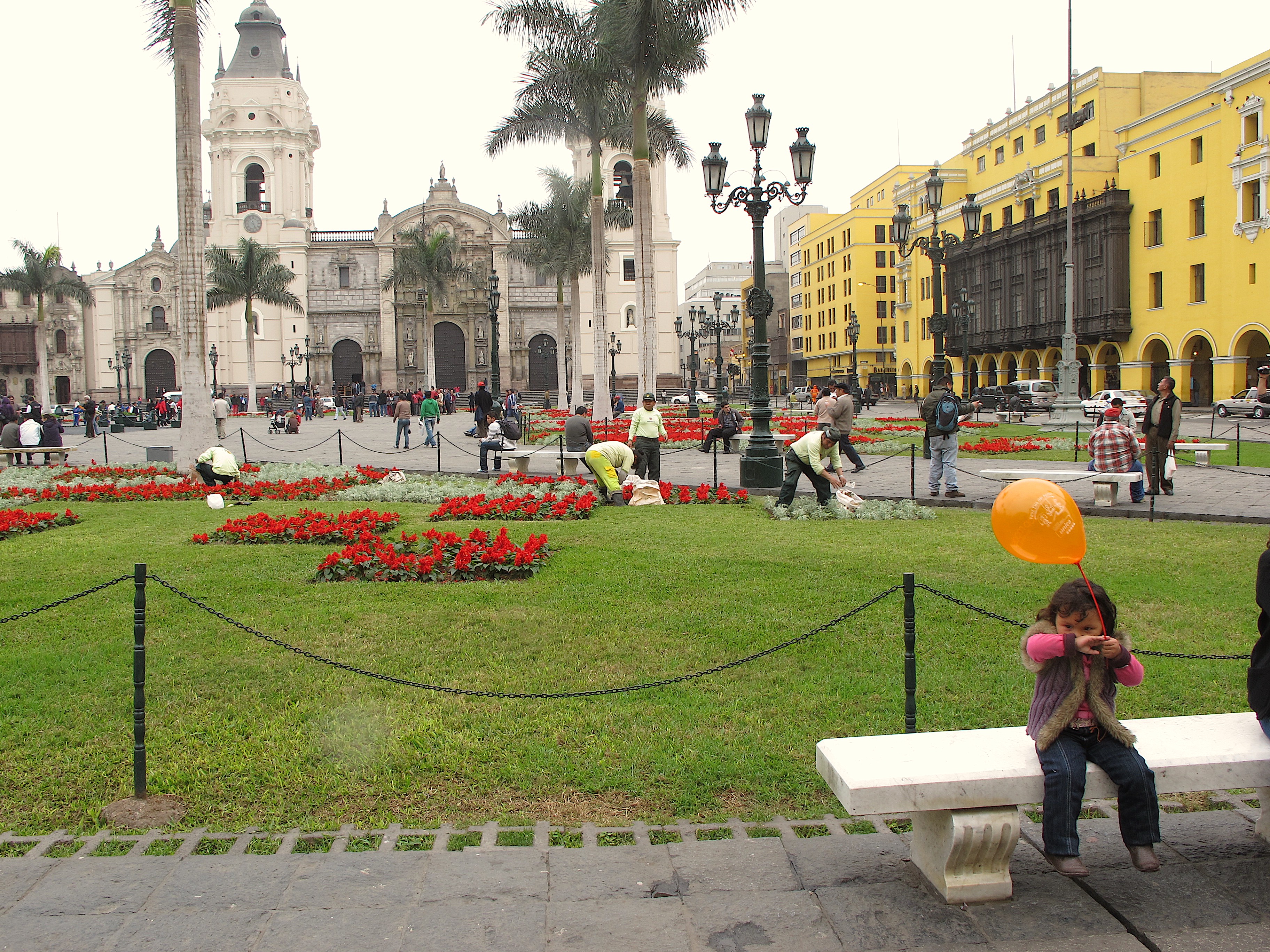
Adventurouspirits
Enlarge
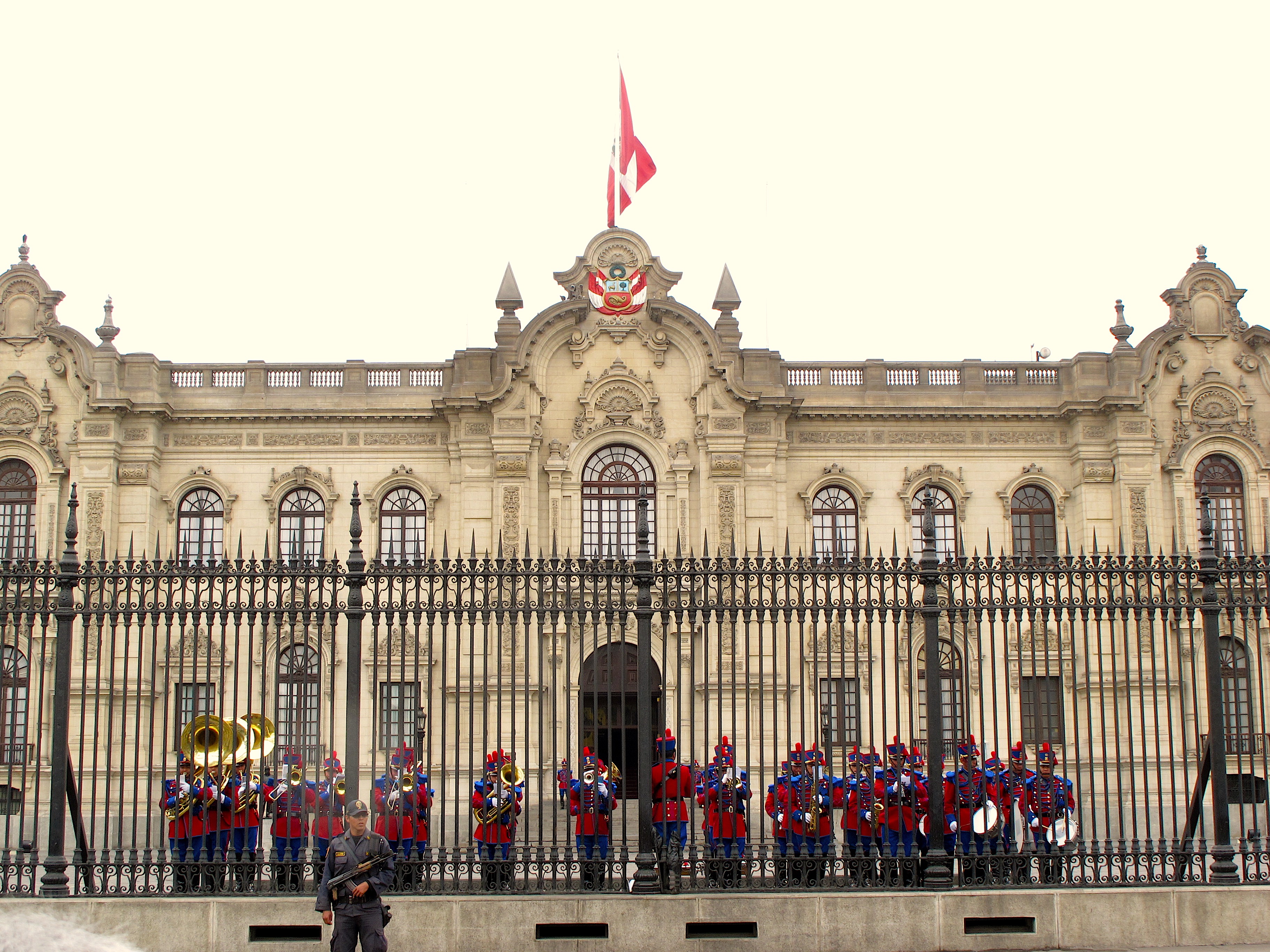
Adventurouspirits
Lima continues to surprise us. It is a typical developing country cosmopolitan city with the wealthy living alongside the desperately poor. There is a frantic busyness and constant noise as cab drivers toot their way around the city. The vibrations of some buses are so loud they set off car alarms. Yet the people in parks and on the beaches are relaxed and laid back. We watched a soccer team playing where the players were all over the age of 70. Playgrounds are full of children and their parents, kids skateboard, surf, fly kites and ride their bikes. All the dogs seem to be fashionably dressed for their outings. Everyone appears to know how to enjoy life despite the challenges many face.
We loved Lima Centro an old area, which has been repeatedly damaged by earthquakes but is filled with charm and stories of the past. Well-behaved schoolchildren watched the changing of the guards who looked very regal in their red and blue uniforms, whilst the band entertained the crowds with the tune by Simon and Garfunkel “I rather be a hammer than a nail.”
Enlarge

Adventurouspirits
I loved all the old ornate balconies and learnt that in Lima a person can “adopt a balcony.” Just like in Canada where one can adopt a road and keep them in good conditions. Hey, I have an idea, “Dear Peruvians how about adopting a road program in your country?”
Enlarge

Adventurouspirits
Enlarge

Adventurouspirits
Enlarge

Adventurouspirits
Tom says he wants his wife back; he complains that I am too crabby. I tell him he would be crabby too if he had constant toothache! It is time for me to see a dentist. I am nervous and hear the dreaded news after I speak to a dentist, when he tells me it sounds like I need a root canal. We arrive at the office of Dr Flavio Vasquez Larrain in Lima and are welcomed into the waiting room by his assistants Viviana and Pamela. I am asked to complete a form OMG it is all in Spanish. Out comes my dictionary but I am soon rescued by a friendly Dr Flavio Vasquez Larrain who tells me in perfect English, that there is no need to complete the form I can tell him all he needs to know. He is warm and welcoming and we are onto a good start. I settle back into the blue chair and he begins to tap on my teeth. I feel the pain whizz through my head and after x-rays it is confirmed I need a root canal. As he drills and works away on my wisdom tooth my mind drift to thoughts of just how different dentistry is in Canada. Dr Flavio Vasquez Larrain, chatted to me, waited with me while the local anaesthetic took place, put on the rubber dam himself and I thought about how assembly line dentistry had become in Canada. The dentist sees several patients at once, dental hygienist prepare the patient and the dentist only sees you when he is actually doing a procedure. It was so comforting to feel that the dentist really cared about me and not just my tooth. As for the tooth, it feels great, and I am no longer crabby.
Enlarge
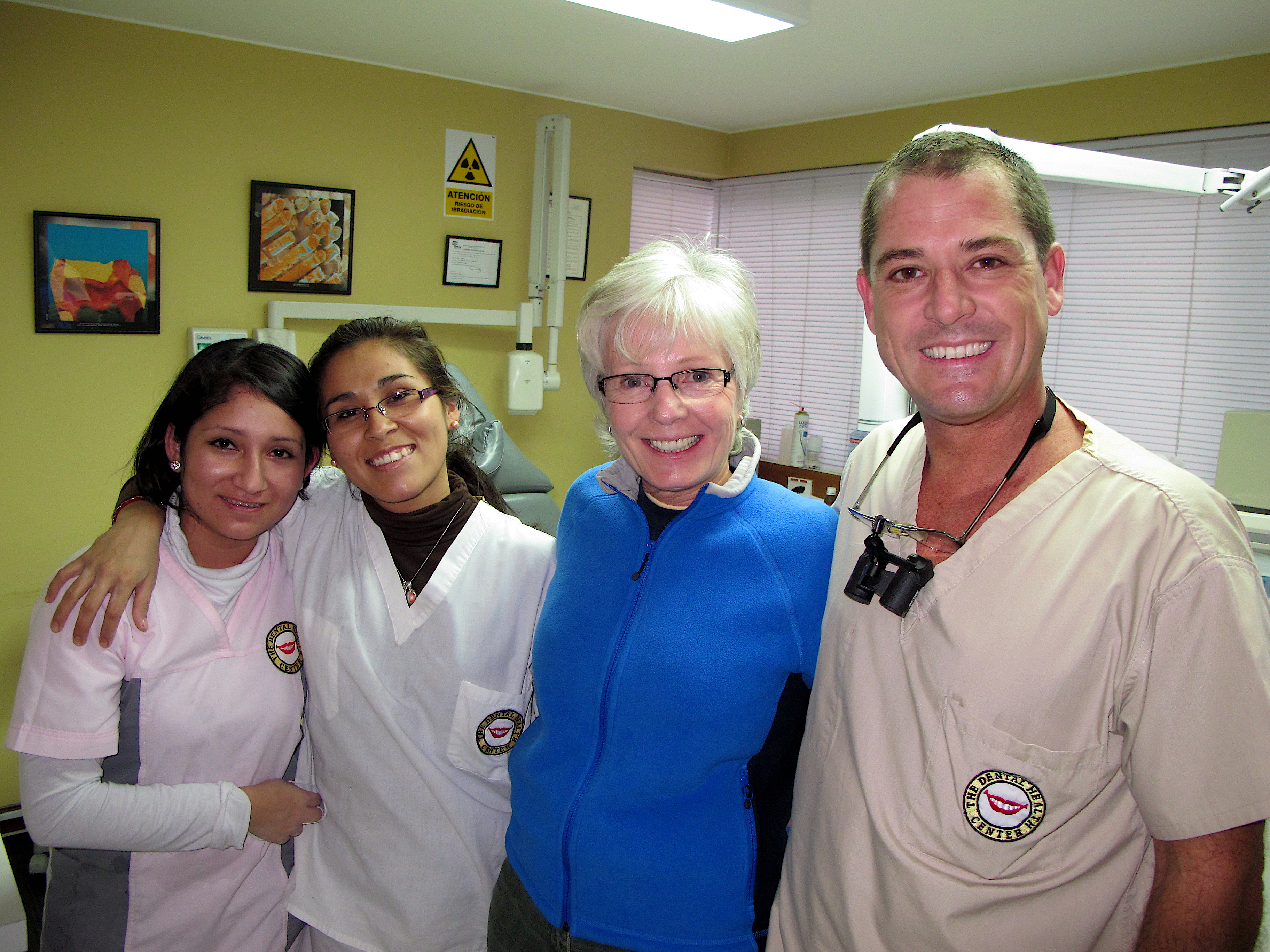
Adventurouspirits
We headed out to Chaclacayo to join the Lima Hash House Harriers on a 10km hike. Pascale; a Canadian working in Lima had invited us to join her and others on this hike. We set off walking through the town of Chaclacayo and after a few kilometres headed up a steep and dusty mountain and back down to the “beer stop” before ending our hike in a restaurant. There the singing and cheering crowd initiated Tom and I into the Lima Hash House Harriers as we gulped down our drink. Their motto blazoned across their T Shirts “A Drinking Club with a Running Problem.” It was fun to meet some Peruvians and of course be back in the company of a wonderful Canadian. Thank you Pascale, and all the fellow Hash House Harriers for a great day.
Enlarge
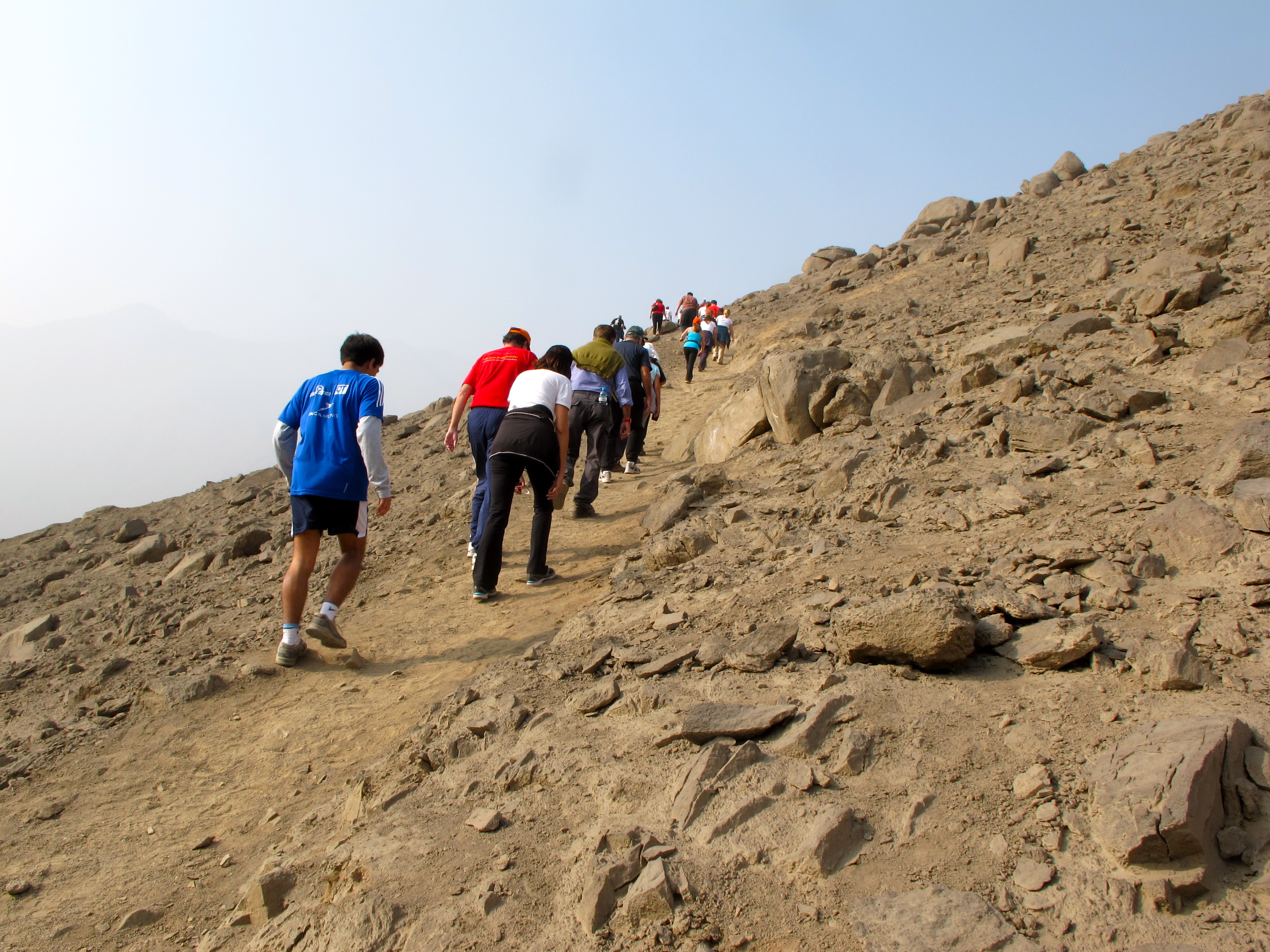
Adventurouspirits
Enlarge
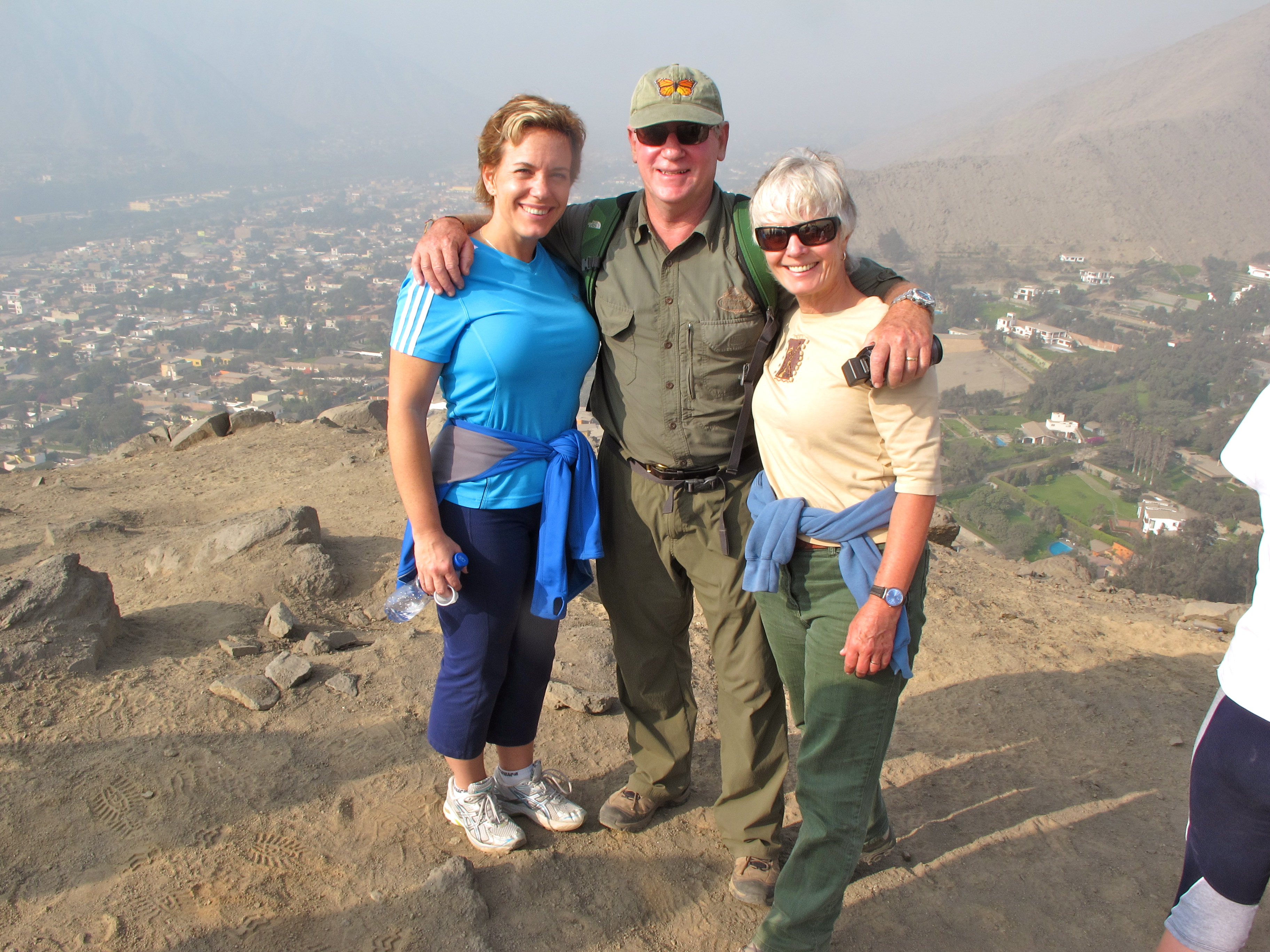
Adventurouspirits
We have walked miles and miles in this city finding both the delights and the agonies. Pounding the sidewalks, we stepped over street pedlars selling chewing gum, cigarettes and souvenirs and wondered through the gilded streets of the wealthy, living behind their iron bars and electric fences. We are greeted and welcomed to Lima and Peru by total strangers, it is as if we have tattooed across our heads “tourists” How do they know?
Enlarge
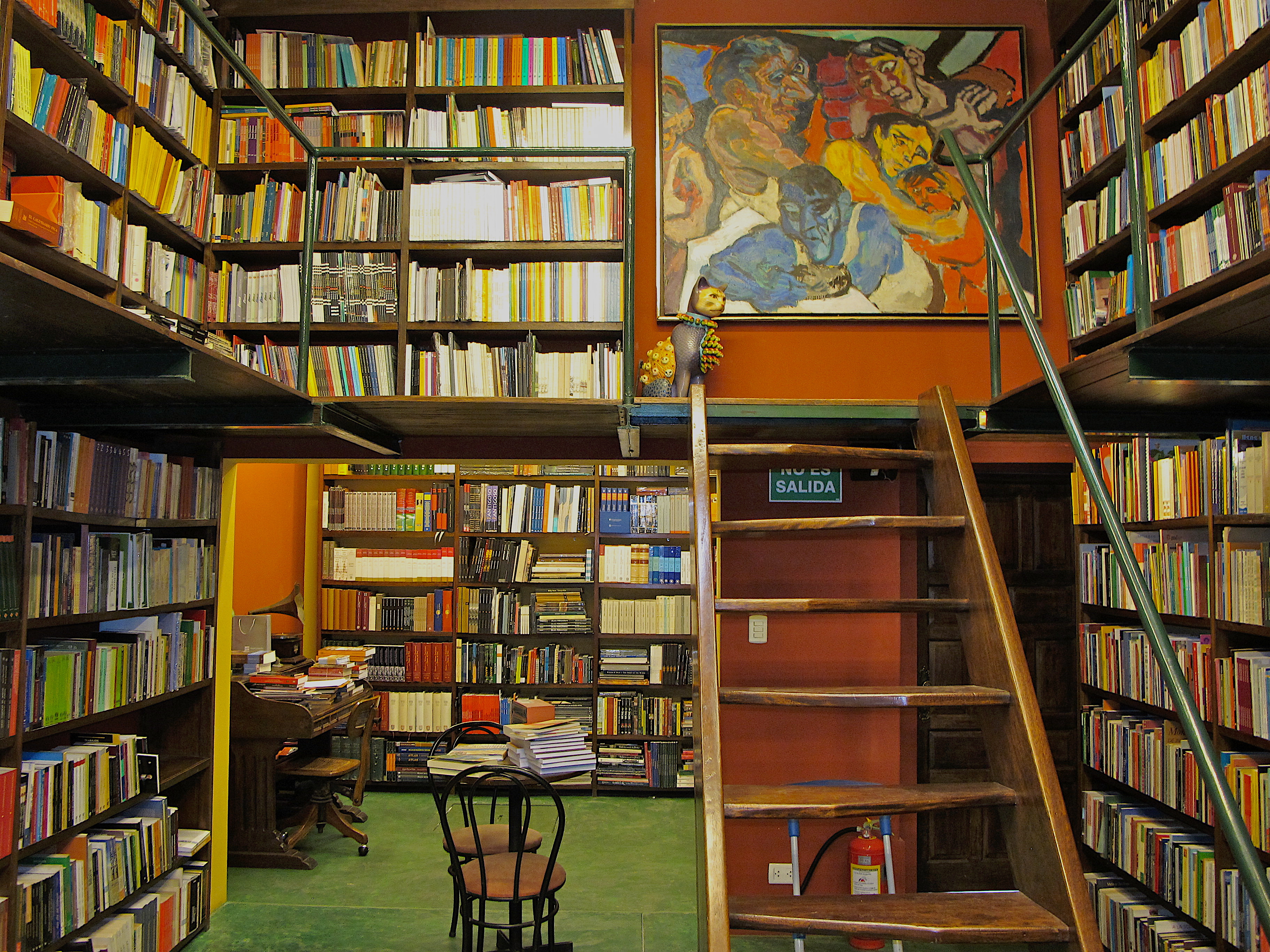
Adventurouspirits
Treasures from Ancient Peru
The Museo Arqueológico Rafael Larco Herrera houses the largest collection of Peruvian antiquities in the world and is a must see for anyone visiting this vibrating city.
Not only does it have a fantastic collection which will intrigue even the most jaded traveler it is also one of the best museums we have ever visited. All exhibits are well explained in at least 5 languages and it offers a visitor several interesting hours.
The Moche culture practiced human sacrifice, which was common to many ancient cultures. Among the Moche the object of ritual combats between warriors seem to have been the selection of candidates for sacrifice from the most productive members of society. Men selected for sacrifice were stripped naked and bound. Many were bled to death and their blood drank by the leaders with the belief it enhanced their lives and after life.
Enlarge
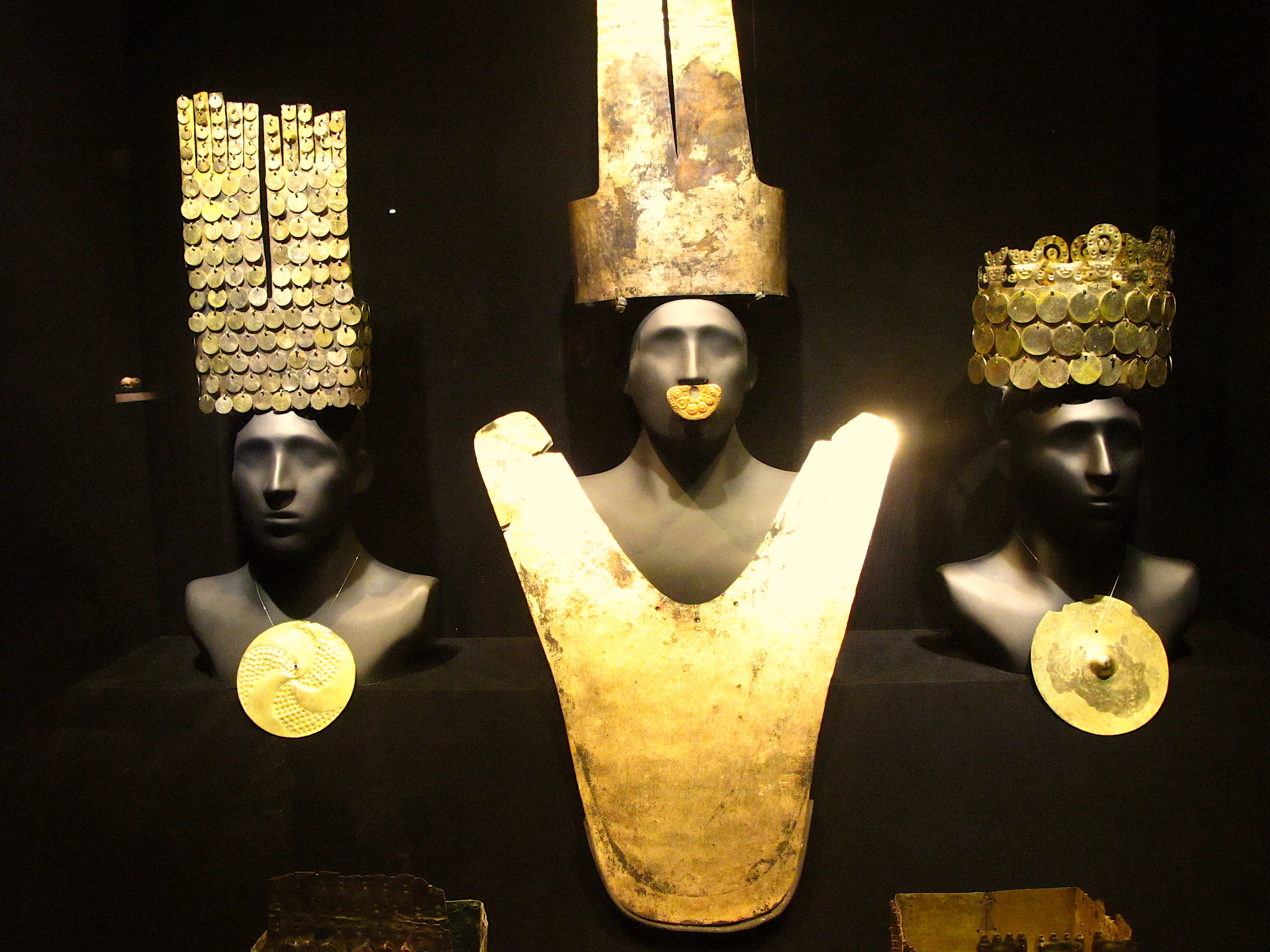
Adventurouspirits
Enlarge
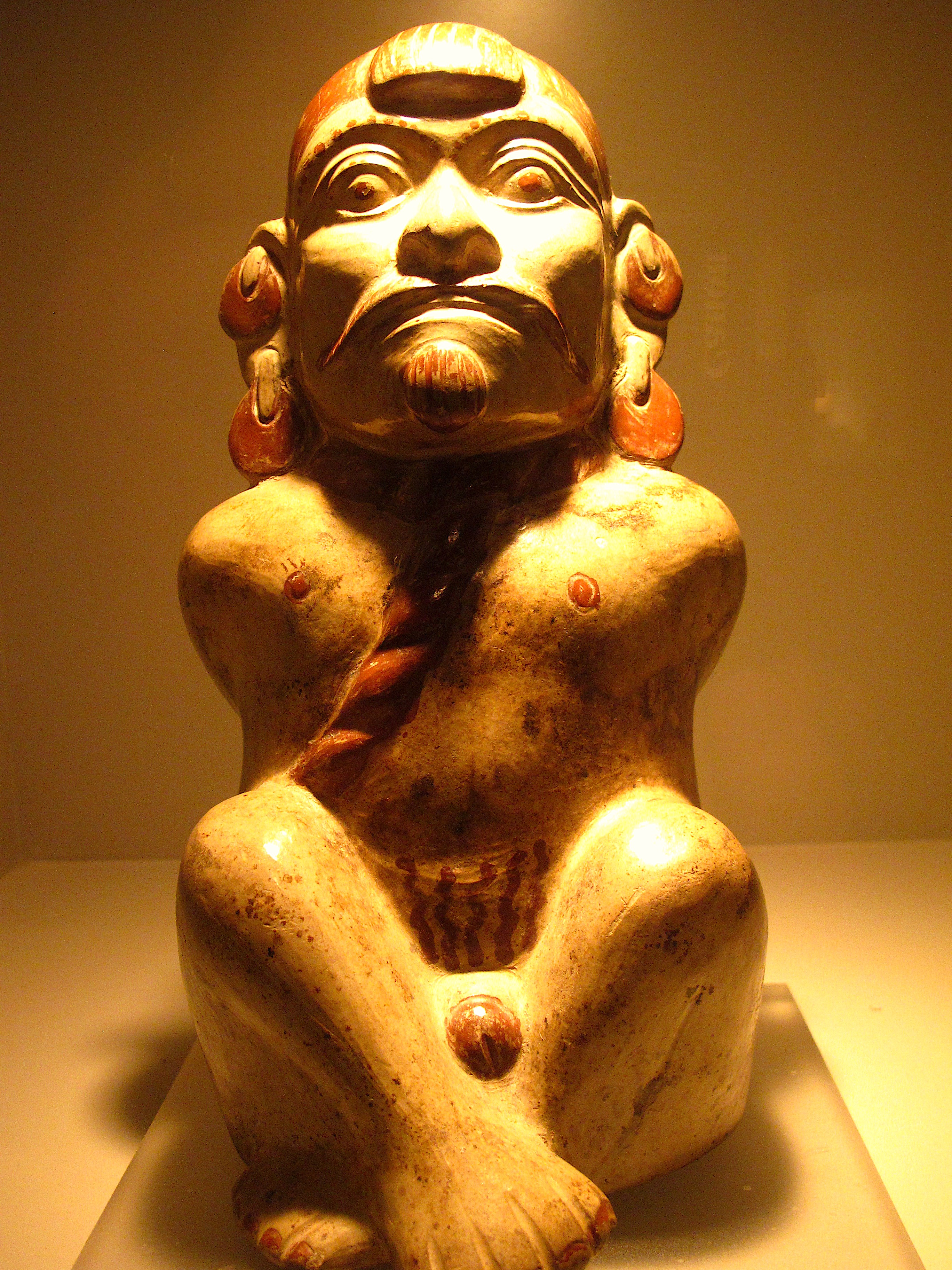
Adventurouspirits
Perhaps the most interesting is the collection of Pre Inca erotic art from the Mochica culture. We have decided due to the graphic nature of the displays not to post them on this blog, since we want to keep it ‘family friendly’.
Enlarge
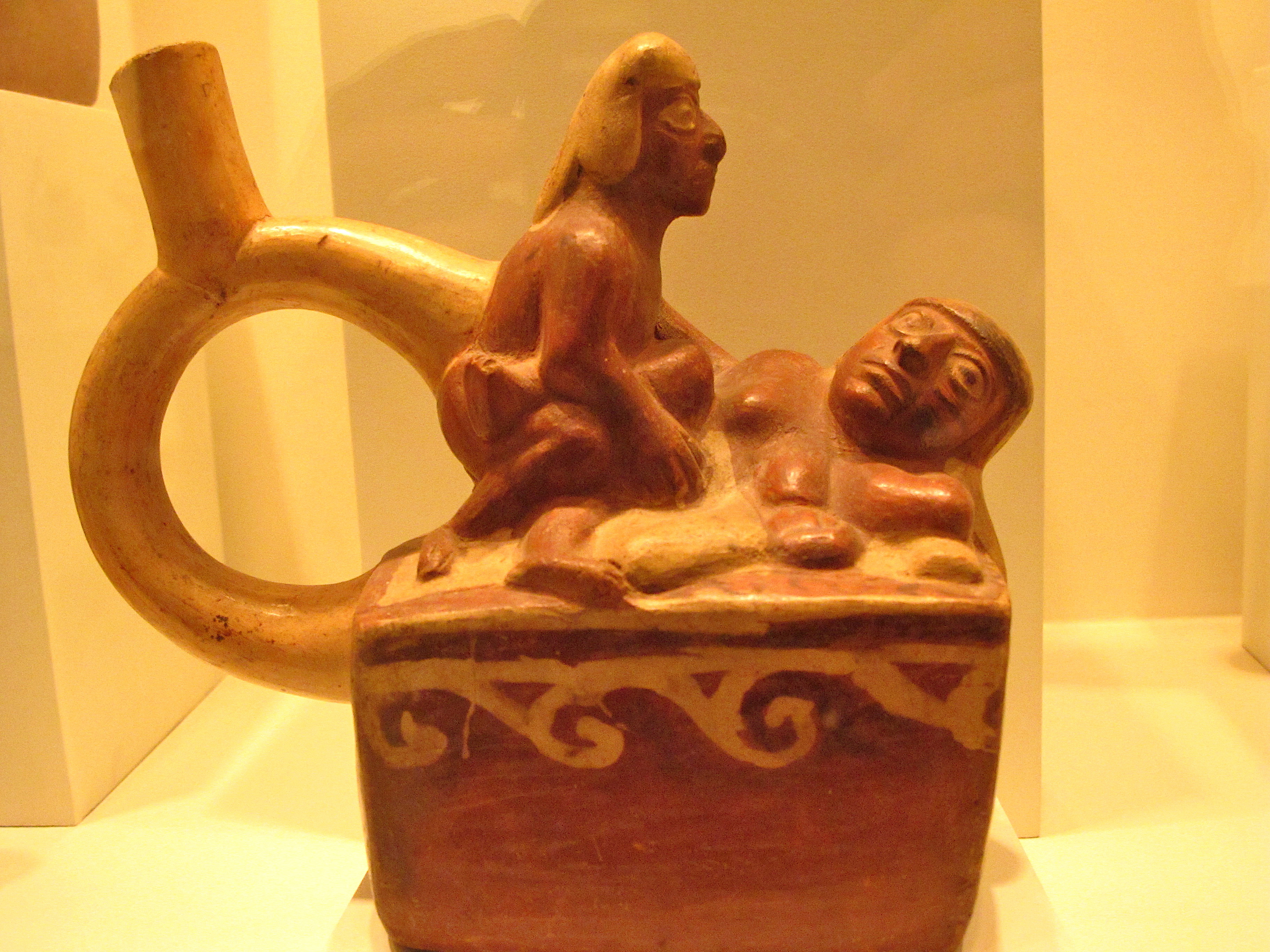
Adventurouspirits
Parque De La Reserva a Magic Water Tour
I felt the excitement of being a child again when we visited the world’s largest fountain complex consisting of 13 distinct fountains in the evening. Dazzling colours, water shooting in all directions synchronized to the beat of accompanying music. Excited children and adults stare in awe of the displays. The Fuente Mágica (Magic Fountain) contains a jet that forces water to a height of 80m. Children giggled and shrieked with delight as they played in the Fuente de los Ninos (Children’s Fountain) an automated fountain from which they all emerged soaking wet but happy. We watched as an elderly Peruvian women ambled, supported by her family through the 35m walk-through tunnel of water. She too was all smiles. It is a happy place and another must visit place if in Lima.
Enlarge

Adventurouspirits
Enlarge

Adventurouspirits
Enlarge
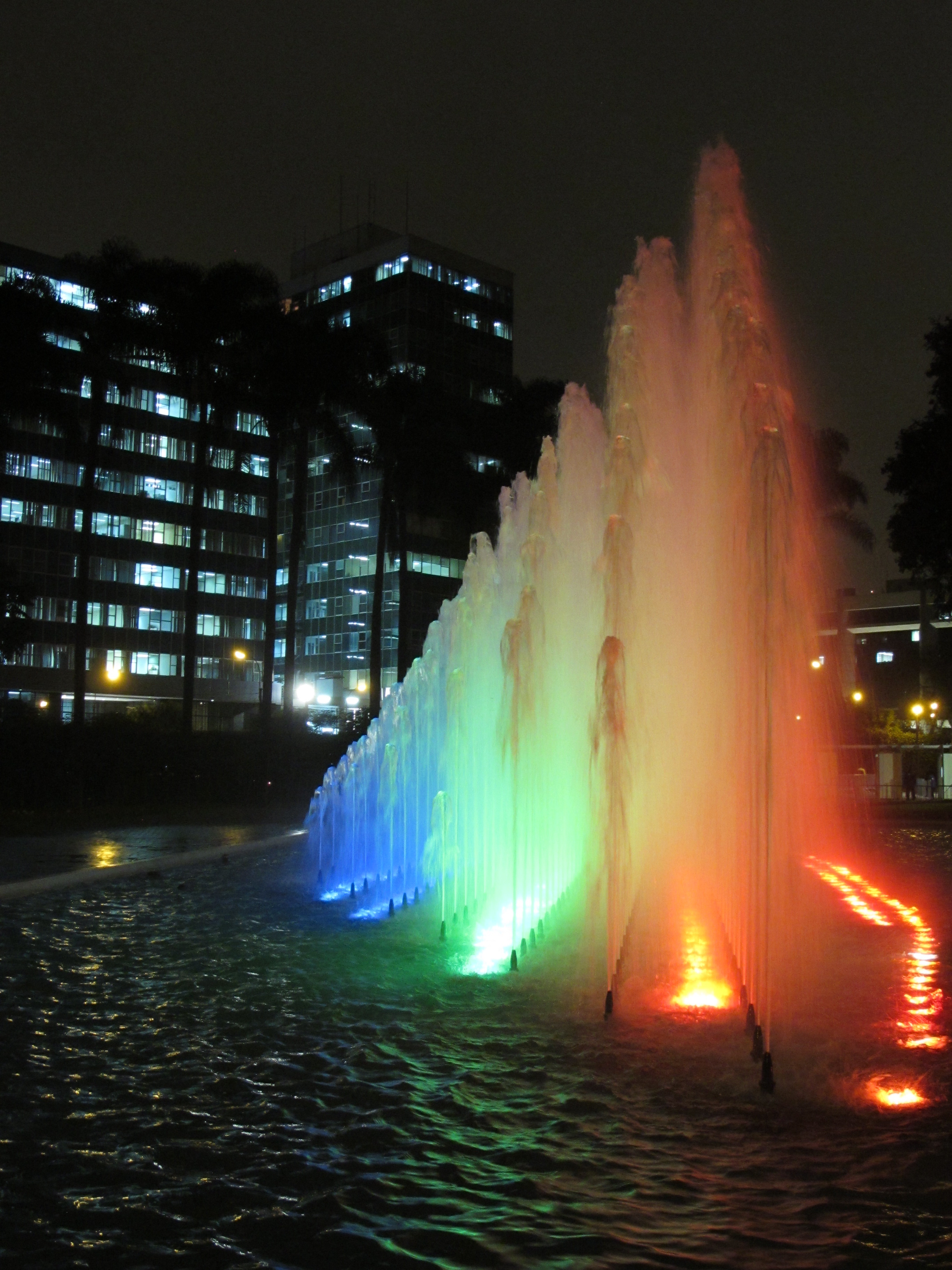
Adventurouspirits
We, like other overlanders had originally planned to detour around Lima, but fate dealt us a different hand, and we have a discovered a place that we would have missed had we not needed repairs to our vehicle. What a shame that would have been.
The Firestone Air Ride Bags we ordered from the States have apparently arrived and are in customs in Lima so hopefully, we will be on our way again next week.
Enlarge

Adventurouspirits
We headed to Cuzco driving south from Lima through rocky deserts before turning inland and up across the Andes Mountains. We stopped in Pisco for the night and had a Peruvian Pisco Sour, the national drink. Evidence of the devastating earthquake of August 2007 that occurred in Pisco is still visible. The 2007 Peru earthquake, which measured 8.0 on the moment magnitude scale, hit the central coast of Peru on August 15 at 23:40:57 UTC (18:40:57 local time) and lasted for about three minutes. The Peruvian government stated that 519 people were killed by the quake. and crumbling bell tower of the church is a testament to an area, which is one of the most active seismic spots on earth. We sipped our Pisco Sours while watching the locals enjoy an evening in the town plaza.
Enlarge
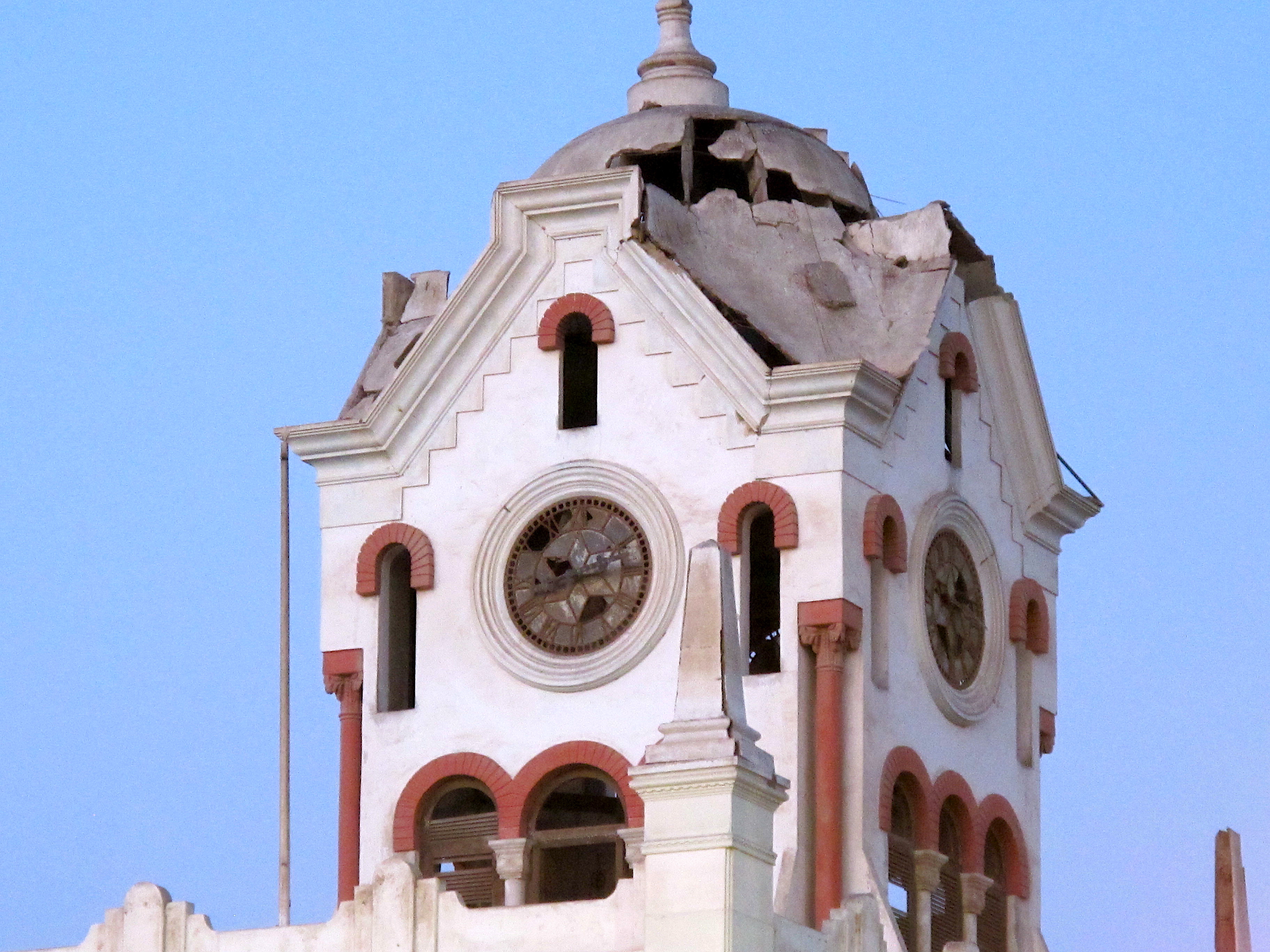
Adventurouspirits
Paracas National Reserve, a great wilderness protection area was stunning. As we drove across the desolate and barren, landscape of shifting sands and coloured exposed rocks we felt a surge of wonder at nature and wildlife. It is has one of the highest concentration of marine birds in the world.
Enlarge
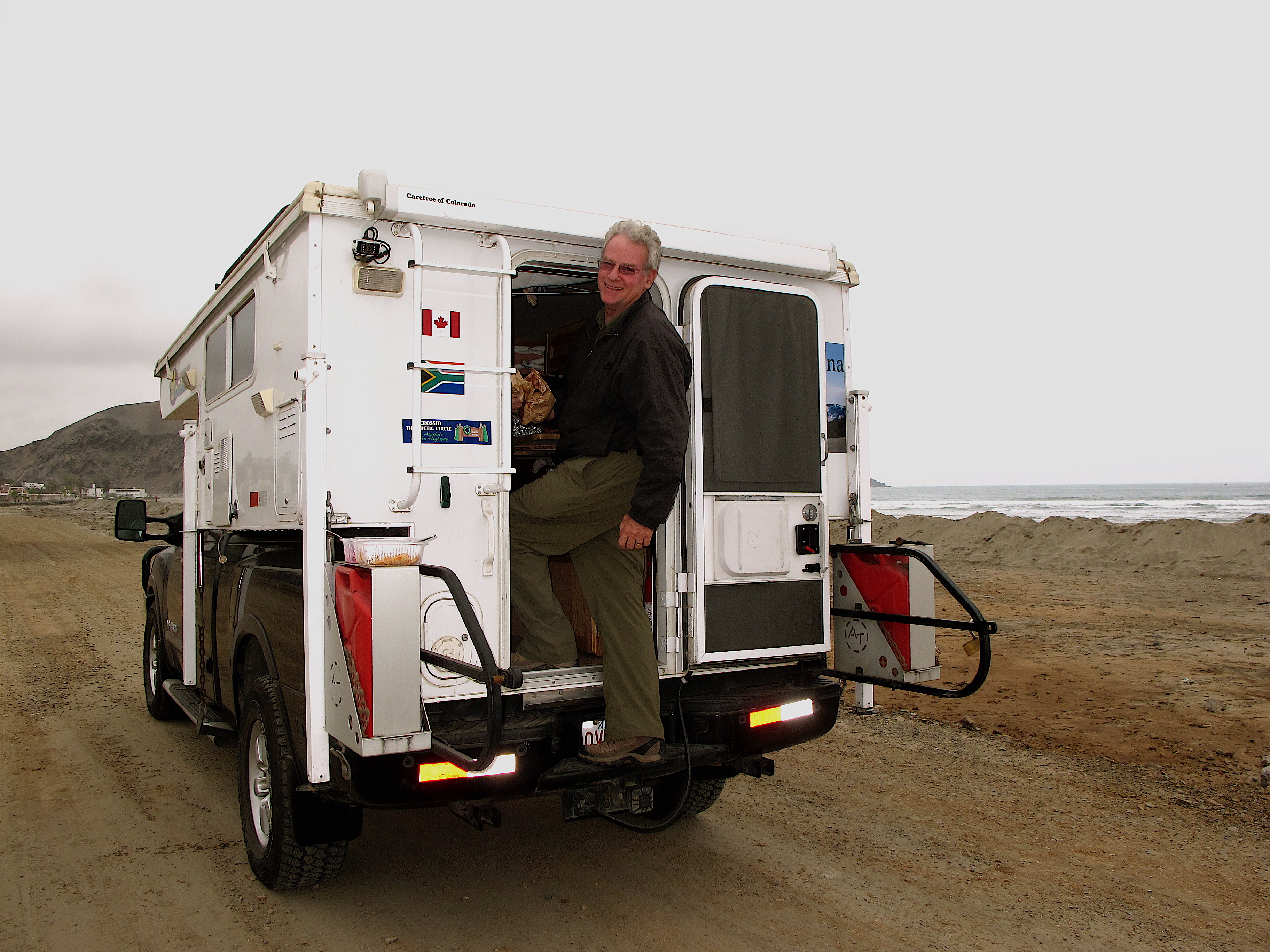
Adventurouspirits
Enlarge
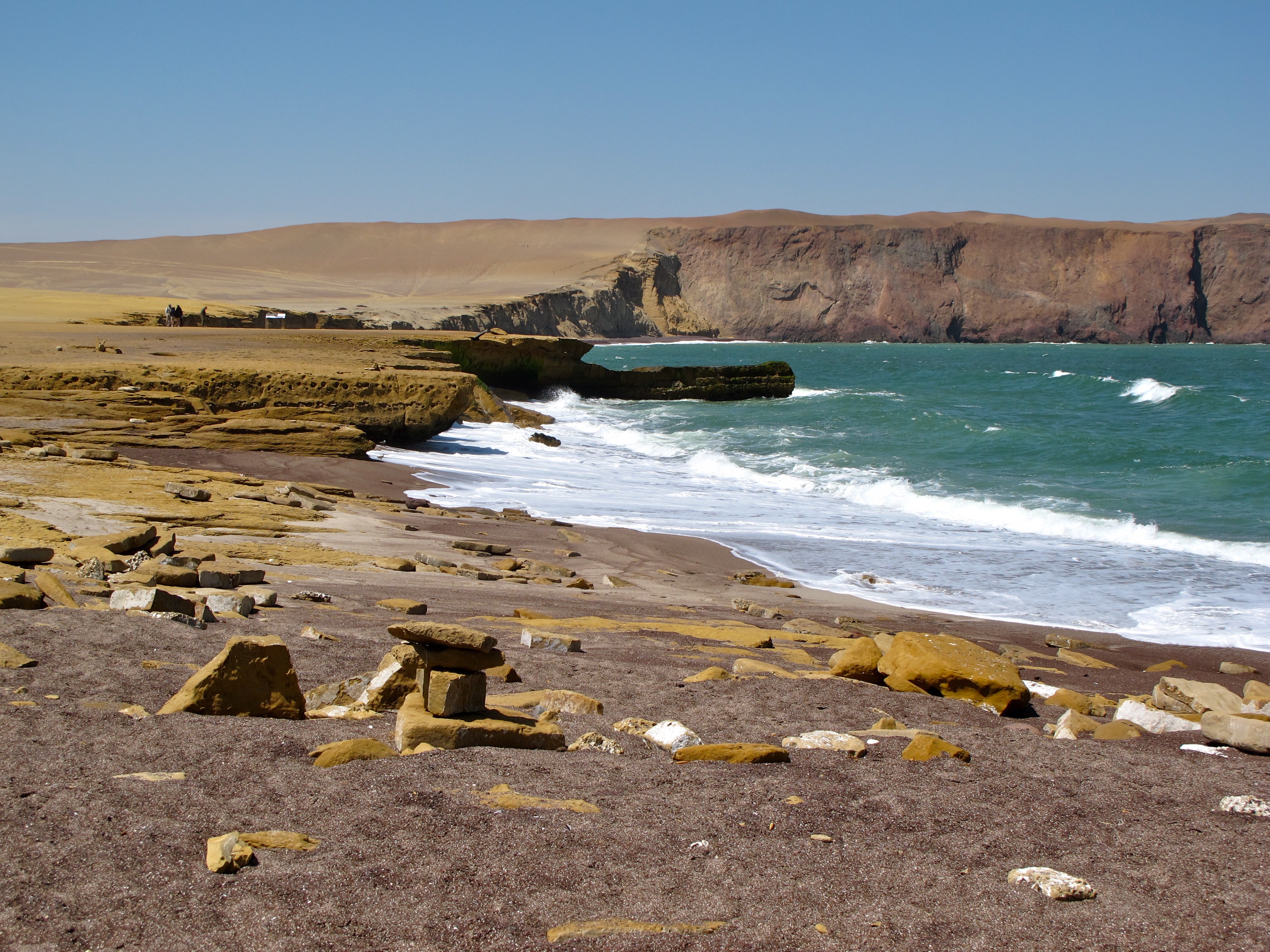
Adventurouspirits
Enlarge
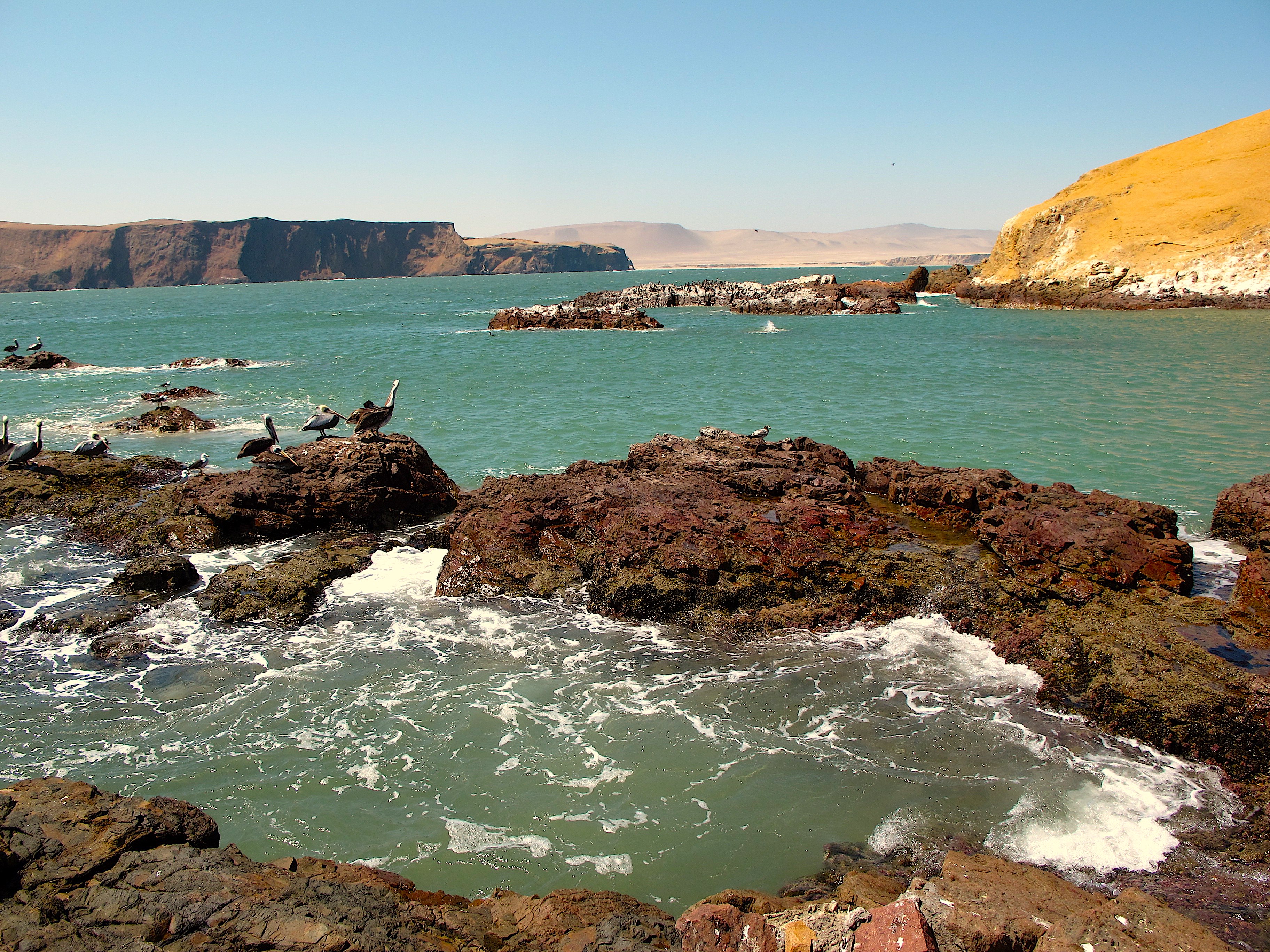
Adventurouspirits
Enlarge
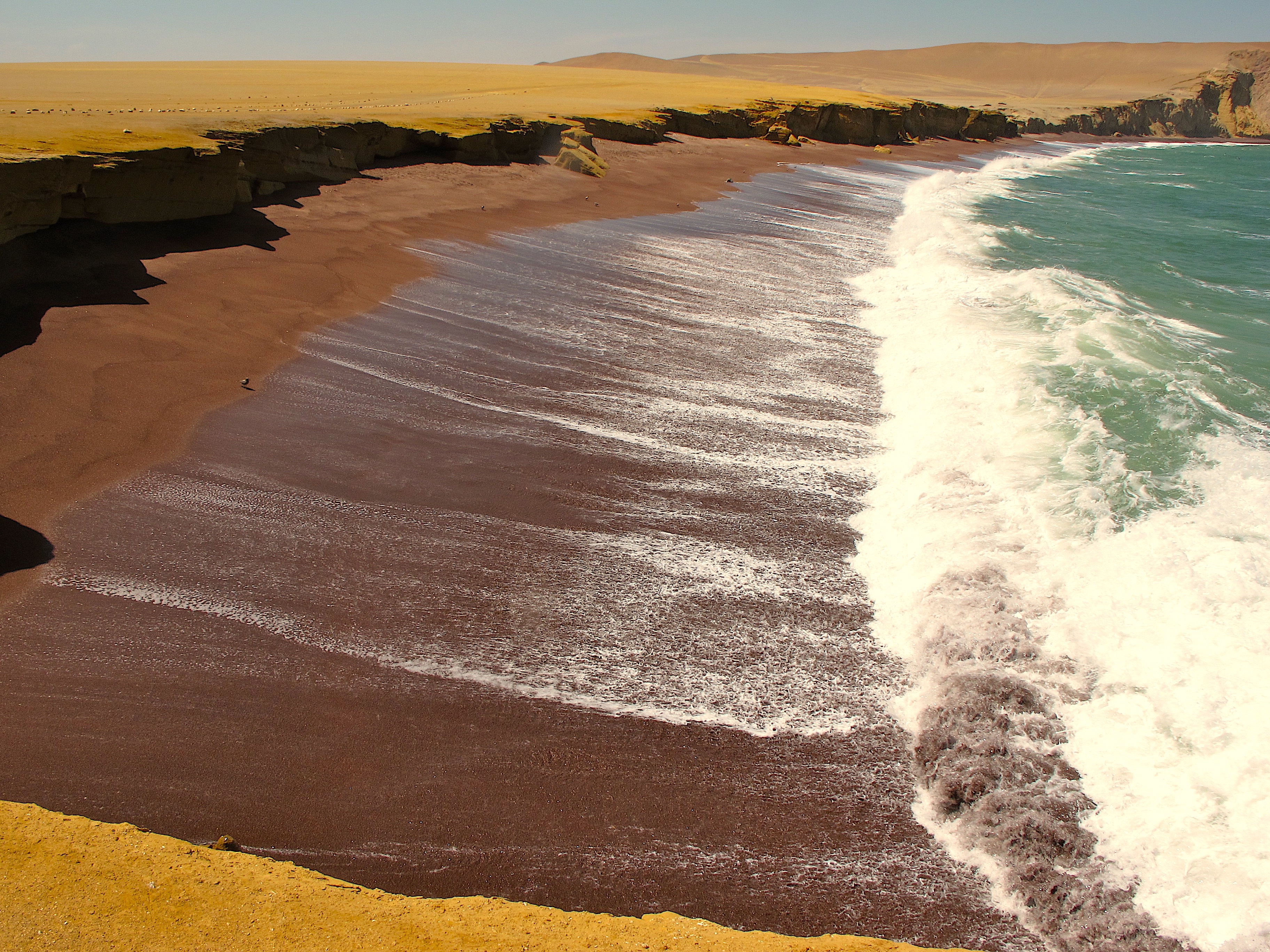
Adventurouspirits
At the tiny fishing village of Lagunilla we watched fishermen bringing in their catch of the day. We sat on the deck of a restaurant savouring the best fish we have ever had while watching seals play in the waves and 100s of birds chattering and flying around. No doubt about it we love nature, wildlife and wilderness.
Enlarge

Adventurouspirits
Enlarge

Adventurouspirits
The Nazca lines are one of the great mysteries of South America. Who drew these series of geometric designs and animal figures into the stony plains of Nazca? To really appreciate them, one has to apparently fly over them but we decided that we would simply climb up the tall metal tower located besides the PanAm Highway to see the hands and upside down tree Nazca lines.
Enlarge
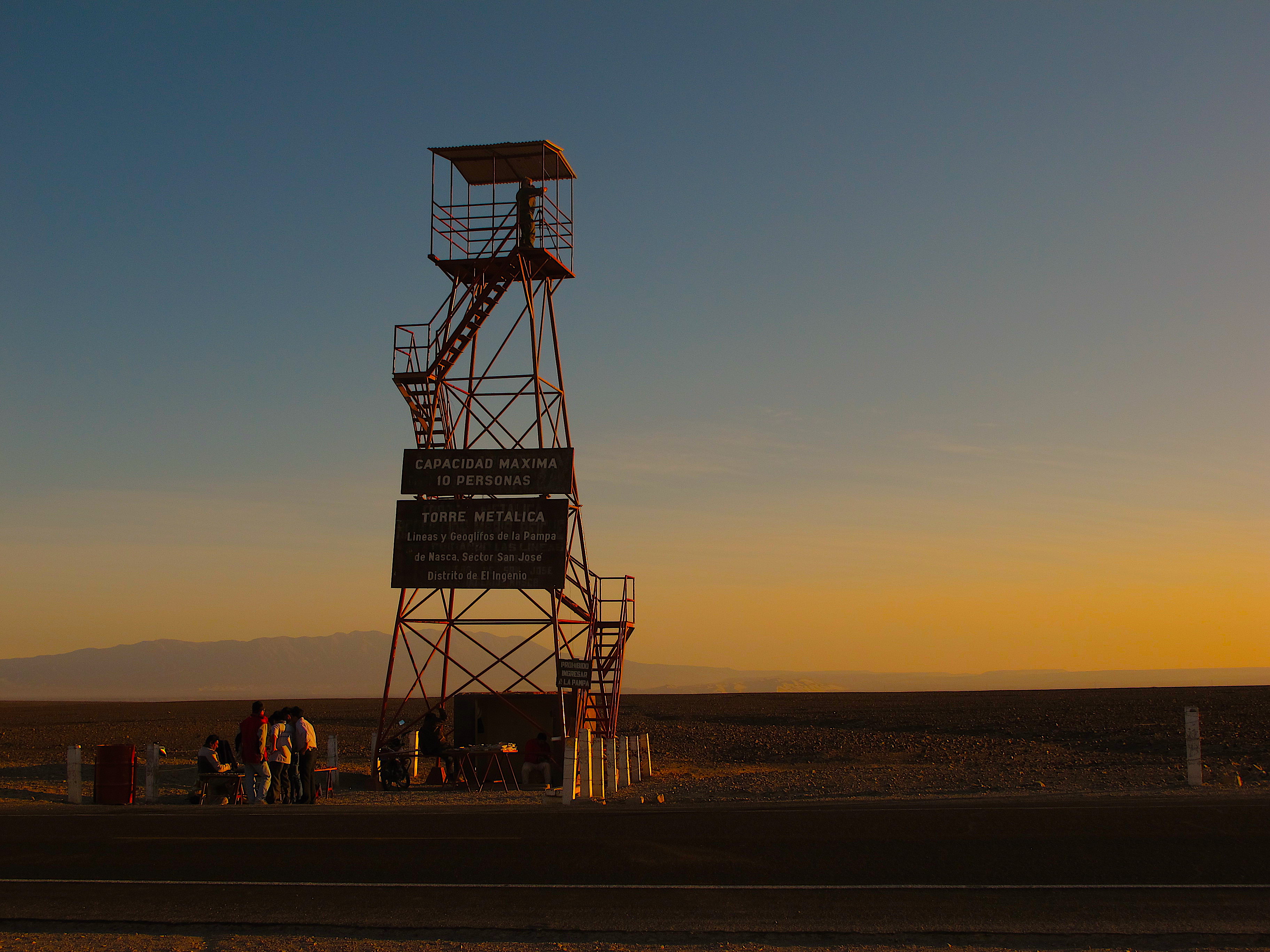
adventurouspirits
There they were some of the famous Nazca lines. We stood and watched the sun setting and casting long shades over the lines, and wondered, “Why were they made?” Will the secrets of the Nazca lines ever be revealed?
Enlarge

Adventurouspirits
From Nazca to Cuzco it is a full 2-day drive across the Andes Mountains. Almost immediately, we started climbing from sea level driving across a wide stony and rocky plain. Up ahead we noticed two heavily laden cyclists making slow but steady progress. As we got nearer we recognized them as foreigners and hooted encouragement as we passed. Checking the rear view mirror, we noticed one of them waving frantically so we pulled over, and it turned out that Matt was from Edmonton Alberta and was surprised to see Alberta registration plates so far from home. He wanted to say hi! He was traveling with Matt from the USA.
Enlarge

Adventurouspirits
Soon the grade steepened and the scenery became dramatic. Steeply sided valleys with small rural villages suspended high above the valley floors surrounded us on all sides. The road seemed to climb up forever and soon the GPS showed that we were approaching 15000 feet, where the air was thin, the sky a deep blue and alpacas were grazing on the high plains. This went on for two days, around every turn another stunning view, colourfully dressed locals and endless vistas. The Andes are truly one of the great natural features of the planet, the splendour and grandeur of which is impossible to capture in writing.
Enlarge

Adventurouspirits
We stayed in the small village Chalhaunca, about halfway to Cuzco. Whilst looking for a suitable hostel (one with secure parking) we heard a marching band and around the corner came a colourful children’s procession. At its head was a decorated float carrying three very pretty young girls throwing sweets to the children below. The kids wore brightly coloured costumes ranging in theme from local dresses to Spiderman. It was the anniversary of a local school and the parade was their way of celebrating. Being able to experience these kinds of local displays of pride makes some of the hardships of overlanding all seem worthwhile.
Enlarge
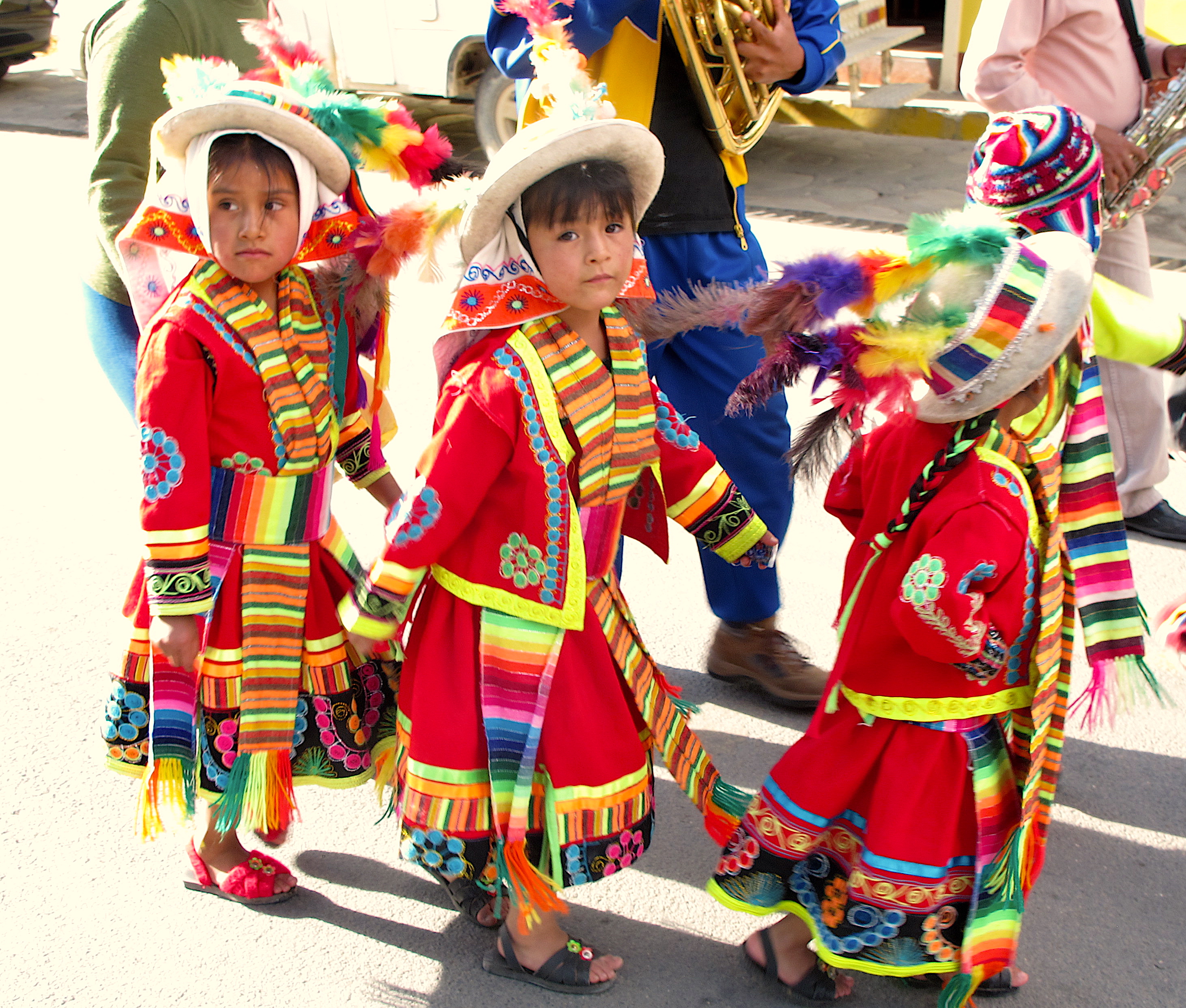
Adventurouspirits
Enlarge

Adventurouspirits
Enlarge
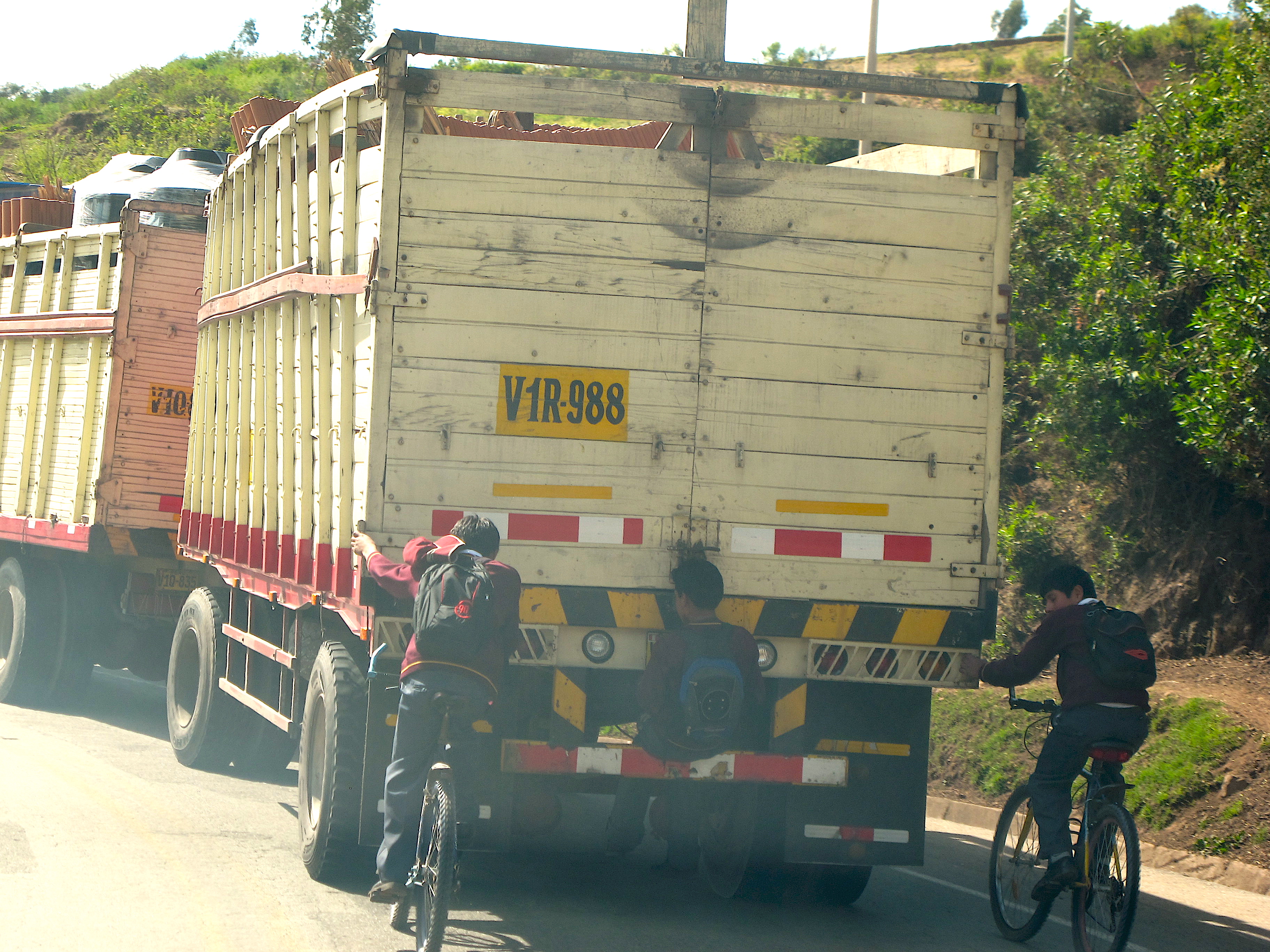
Adventurouspirits
With the road hugging the stunningly beautiful Rio Chalhuanca valley we finally saw the red roofs of Cuszco come into view. It had been a beautiful drive one of the most stunning on our trip so far.
Enlarge
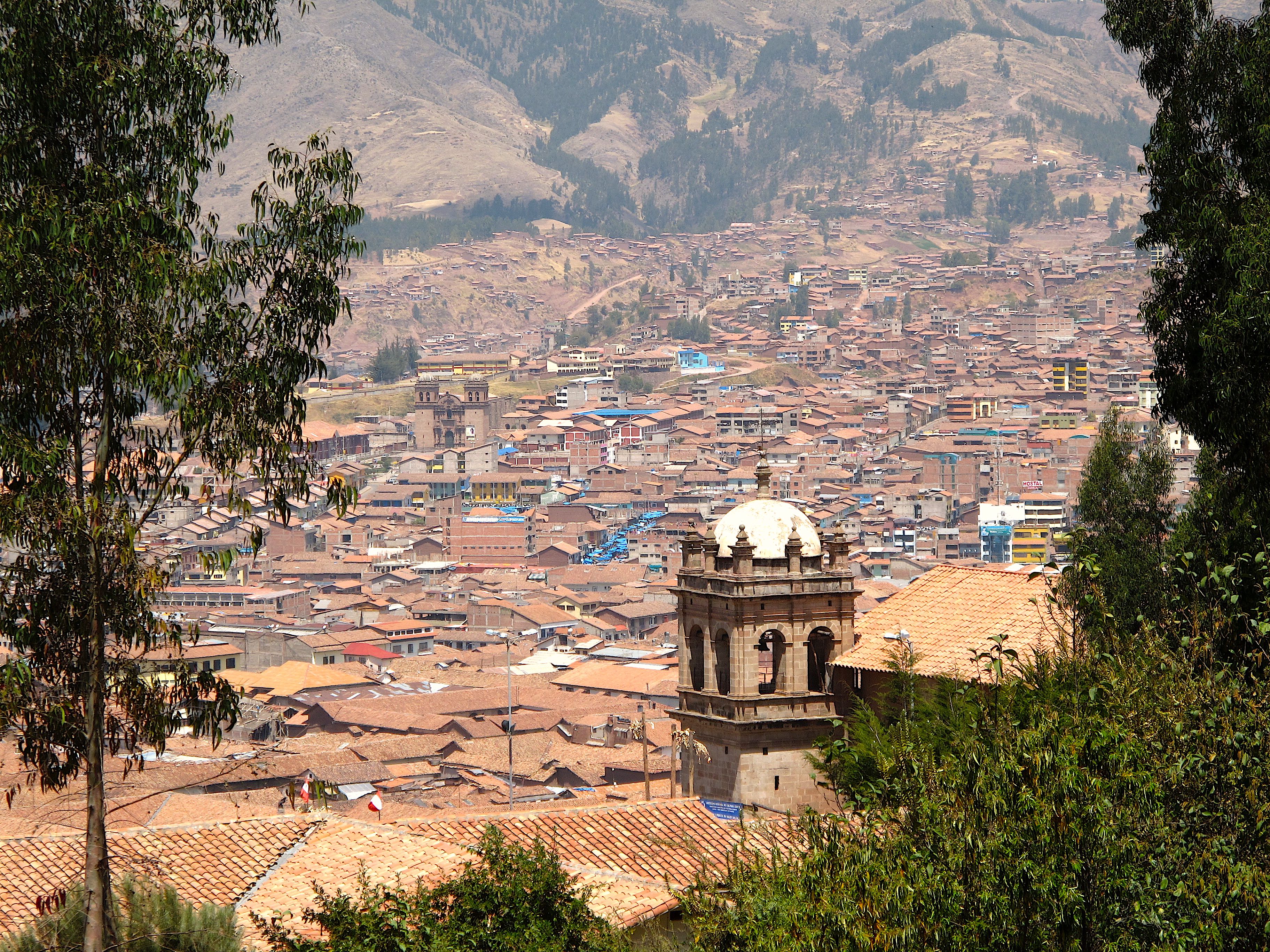
Adventurouspirits
We are having a whiskey, we have just driven through Cuzco and nearly got divorced. The road ended in a bloody stairway!! I was driving and Tom was navigating. The steep narrow “staircase” road seemed to me, too narrow for a Mini Cooper never mind a bloody truck camper and now I had to do a U-turn and go back down.
As I drove up this steep narrow street, side mirrors pulled in, wheels squealing as they struggled to grip the smoothed out cobblestones and locals shouting, “Dead street” I kept saying to Tom, “This can’t be right.” He reassured me it was on the GPS and the map. Damm the map, damm the GPS!!
After 14 months, 12 countries, 1000s of towns and over 47,000km you think we could navigate through a town without having a domestic dispute, not so at least not through Cuzco, Peru. Tom in the navigator seat, the GPS had our destination in sight, a map on his lap what more could we want? What did we learn? GPS and maps lie and driving in Cuzco tests a relationship beyond what any marriage therapist could offer.
Enlarge
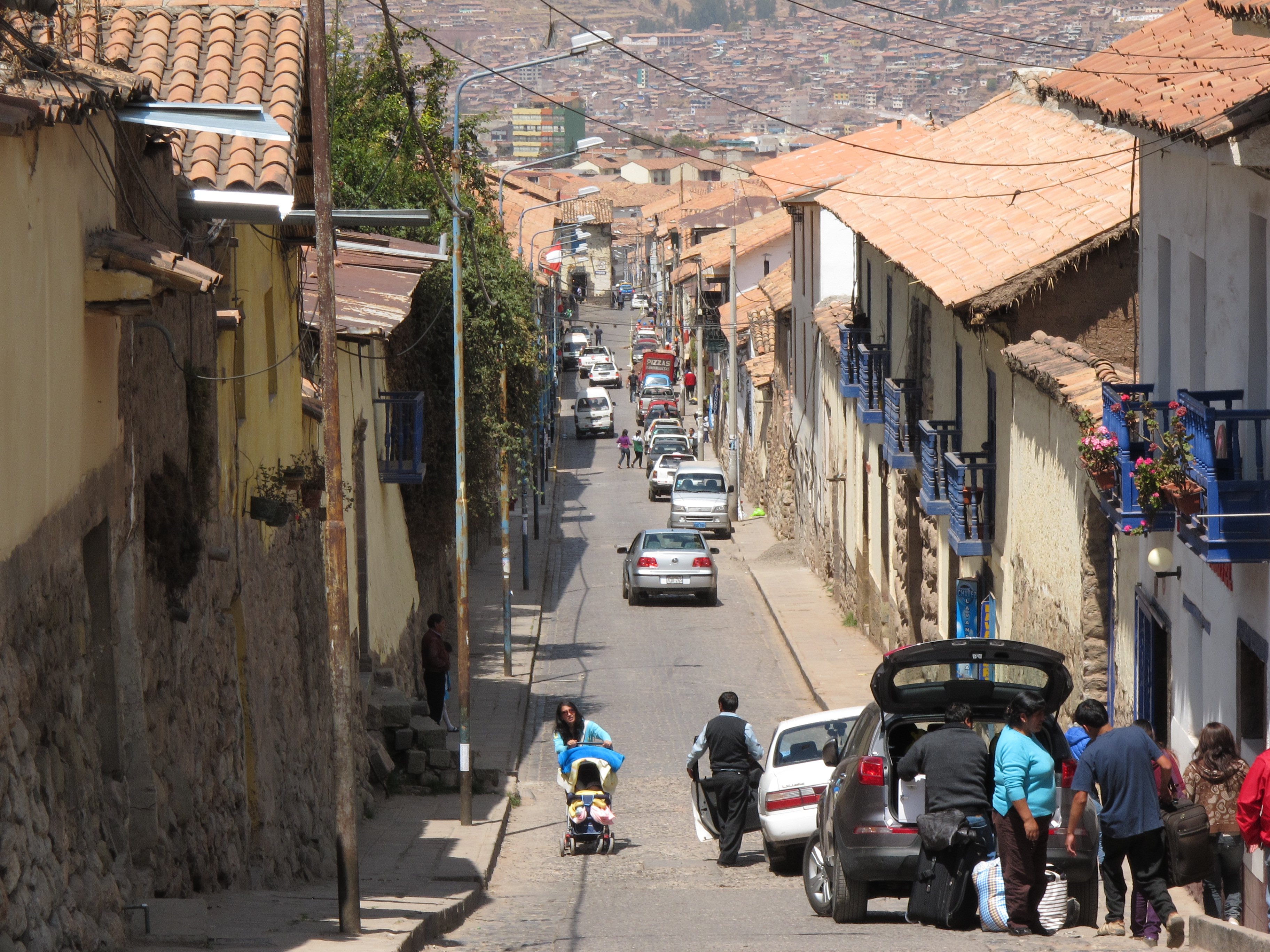
Adventurouspirits
Enlarge
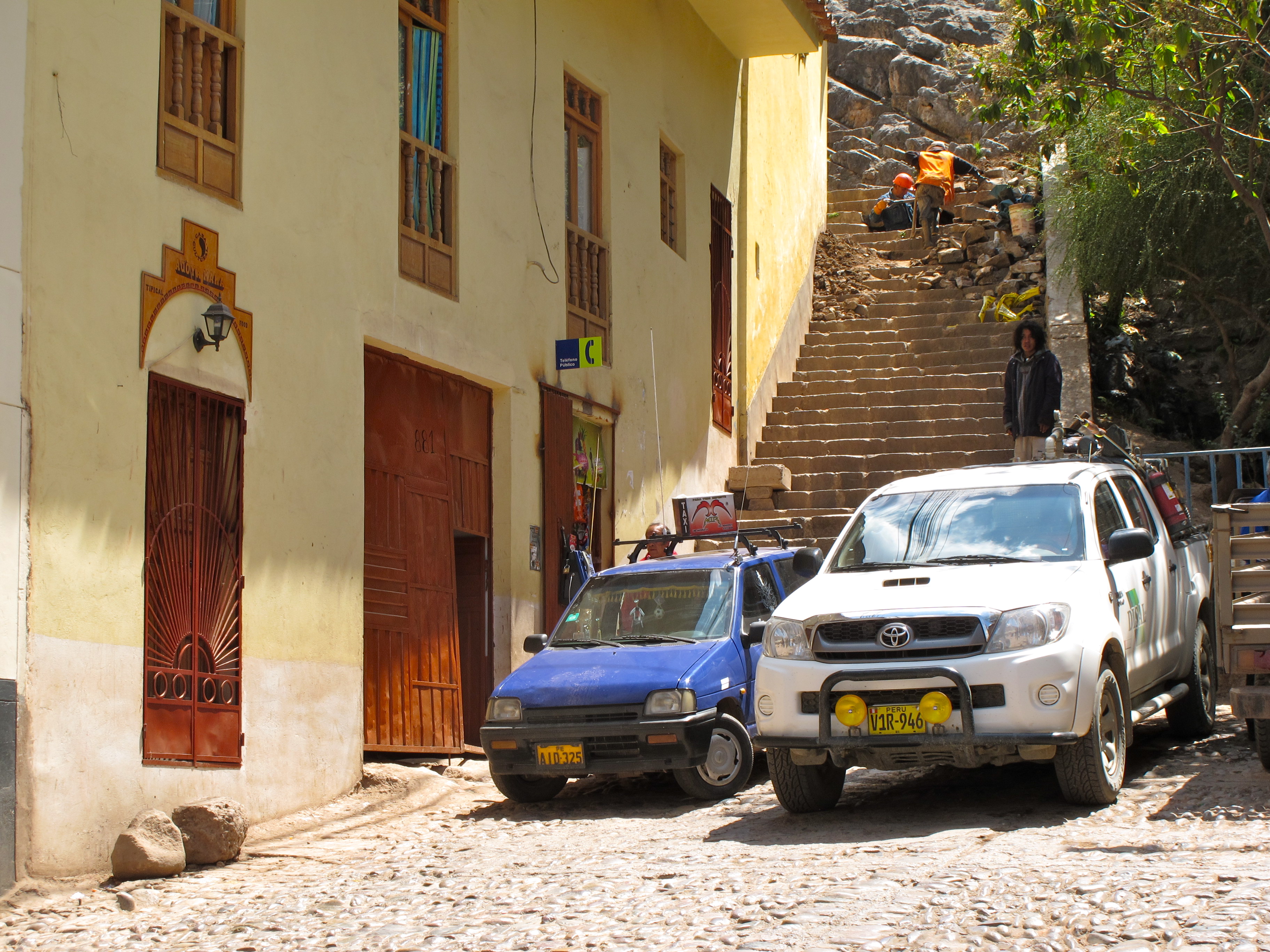
Adventurouspirits
What the GPS and maps don’t tell you is which streets are one way, which no longer exist or which now end in a stairway. Simply put GPS and maps are not good in towns designed by the Inca. It was not over however, another one way narrow street lay in waiting like a predator. I struggled to turn into the street without side swiping the buildings. “Just drive over the sidewalk and mind the pedestrians” was the next instructions I got from my now almost divorced husband. It got worse there was now a road track, “Just go” says Tom, “The sign says no vehicle over 6,500kg and we weigh less.” There were no vehicles except ours with the locals guiding me to keep my wheels on the track. WTF!!
Enlarge
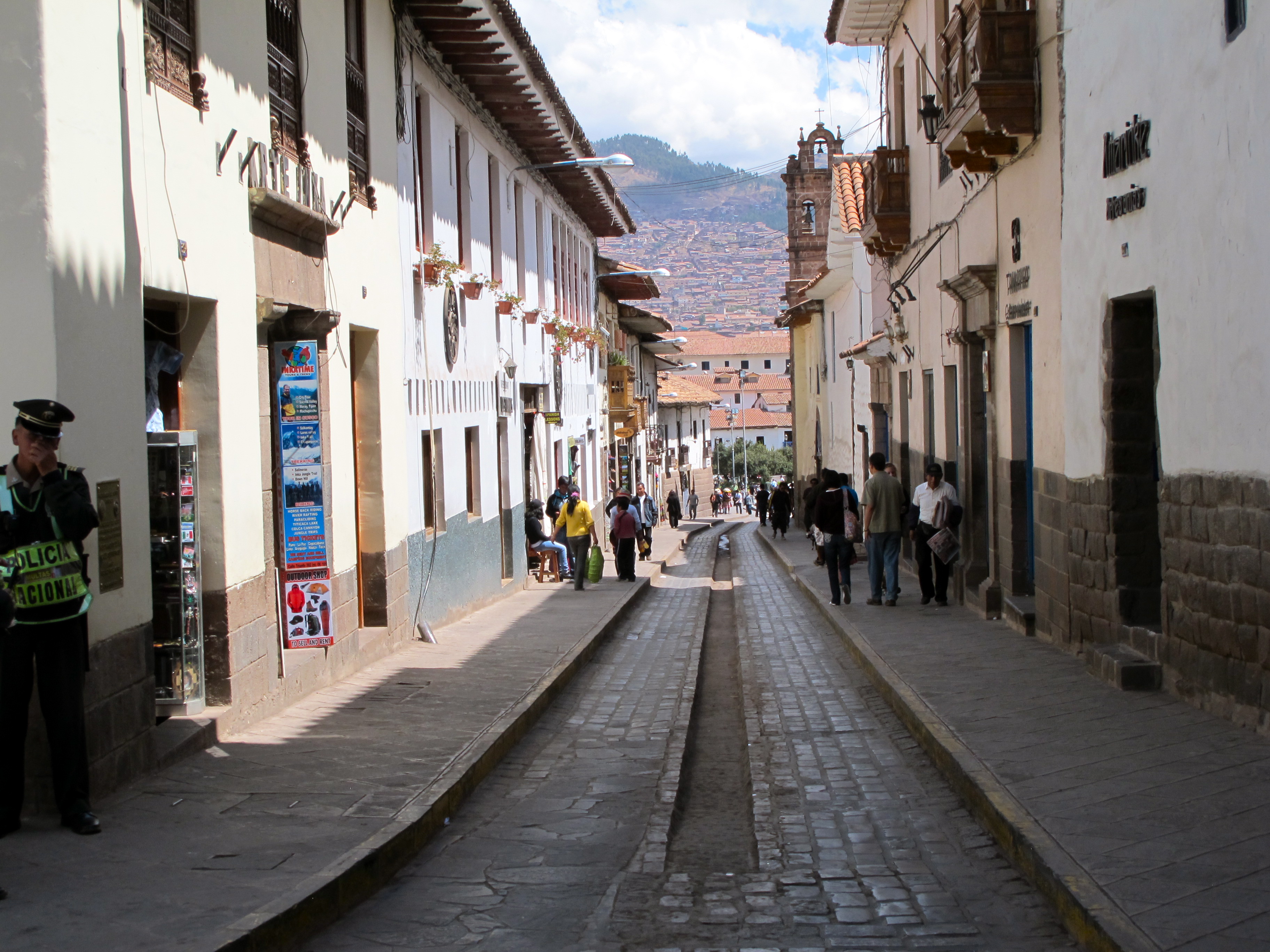
Adventurouspirits
Finally, we arrived at the campsite in Cuzco and were soon hearing other horror stories of driving through Cuzco from other campers. It is from Cuzco we will arrange our trip to Machu Picchu, an ancient Inca city straddling high mountains. Thrilled that we will not be driving there, fortunately there is no road, way to go Incas!
Enlarge

Adventurouspirits
Enlarge
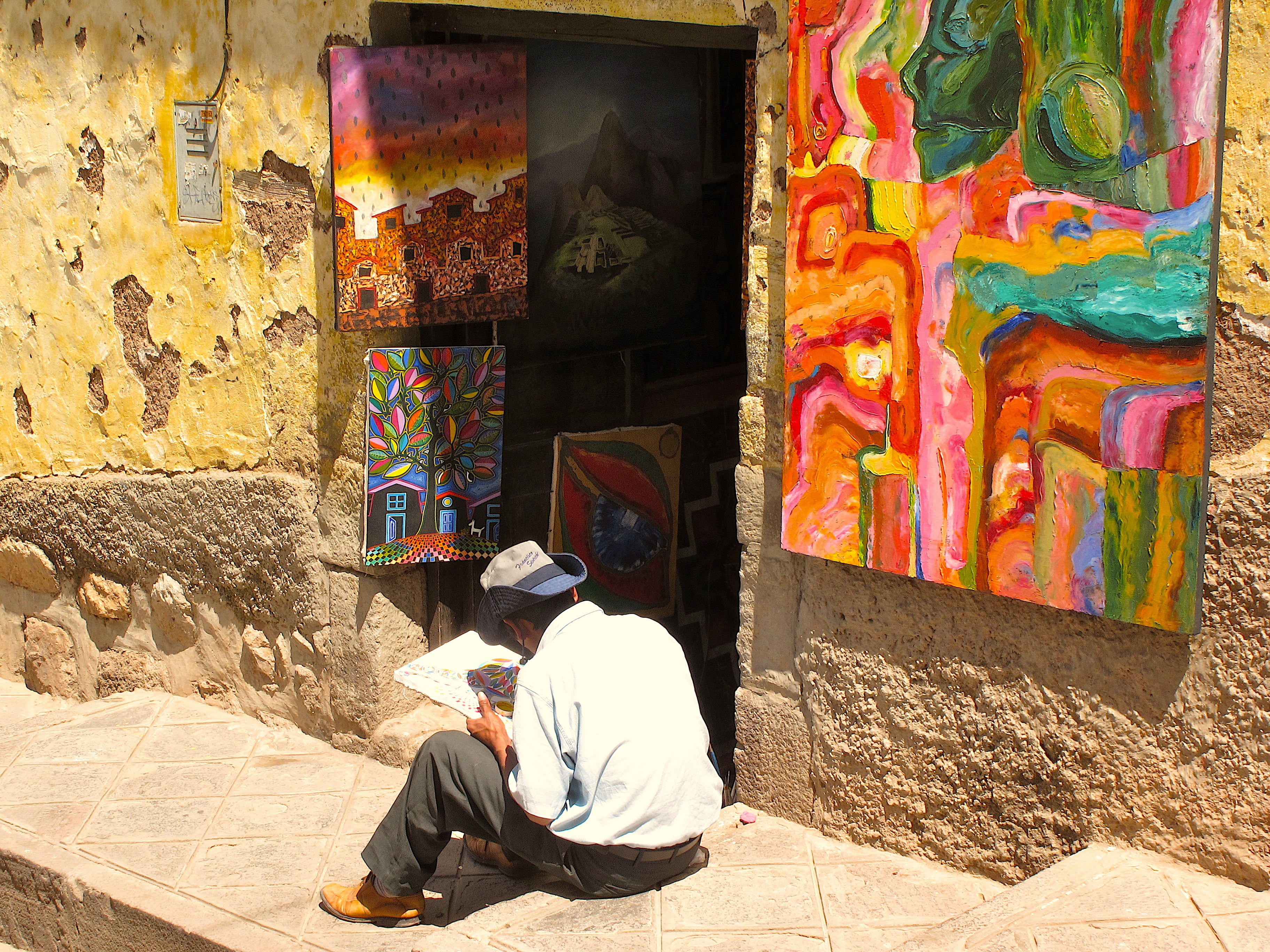
Adventurouspirits
We left Cuzco and drove down into the Sacred Valley heading towards Ollantaytambo driving by the magnificent Sacsayhuaman wall of an Inca fortress and one of South America’s archaeological treasures that overlooks Cuzco. The massive rocks weighing up to 130 tons fit together with absolute perfection.
Enlarge

Adventurouspirits
We planned to leave our truck in Ollantaytambo and take the Peruvian train to the little village of Aguas Calientes. There are no roads into Aguas Calientes; all tourists heading to Machu Picchu can opt for either the train ride or hike the harder way up the Inca Trail.
We descended into the Sacred Valley through which the river Rio Urubamba runs. The village of Pisac lies alongside the river Rio Urubamba but above it are Inca terraces carved into the mountainsides. There are many Inca ruins within the valley. We also noticed many houses and buildings had little ornaments on top.
Enlarge
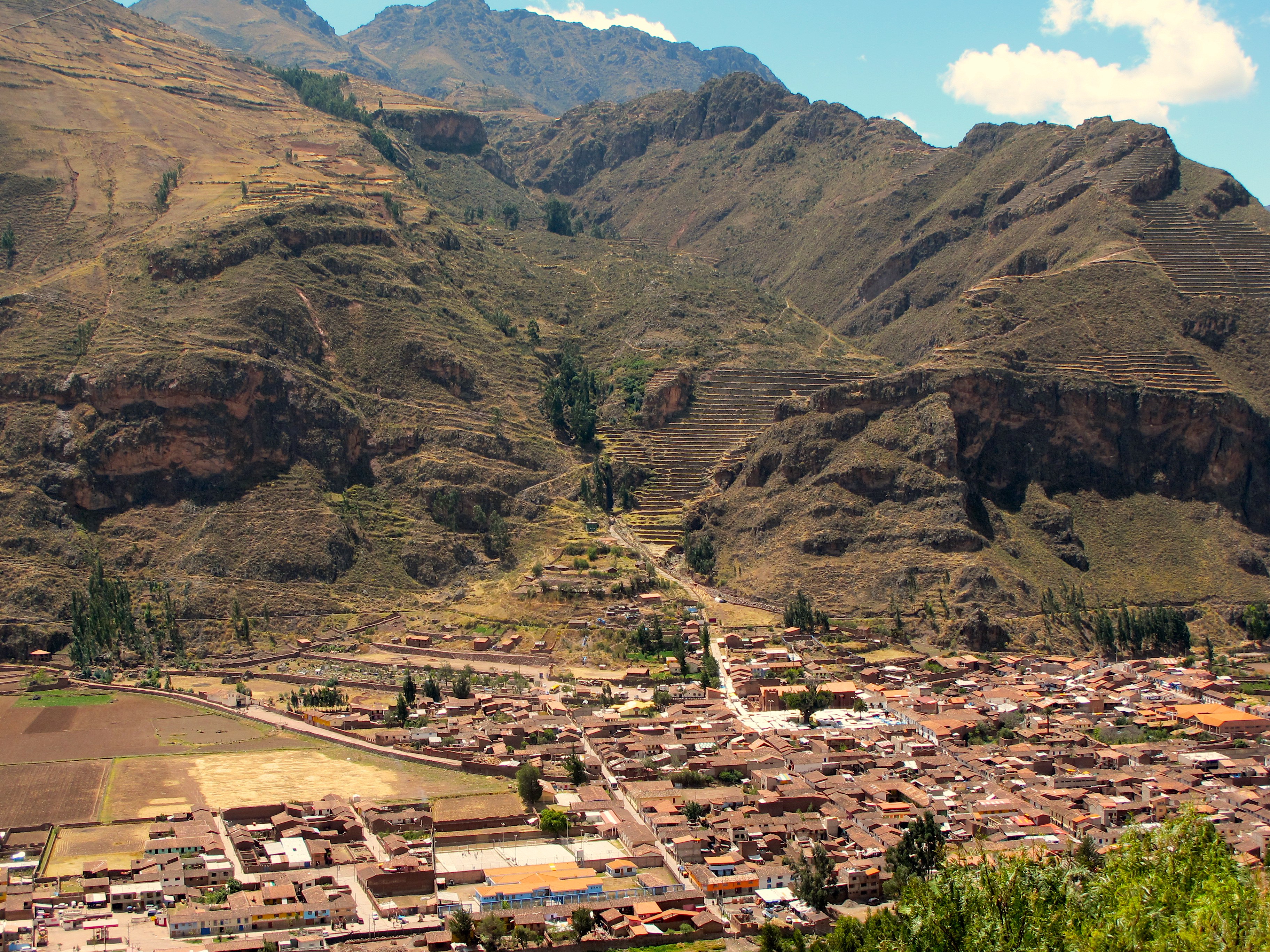
Adventurouspirits
Enlarge
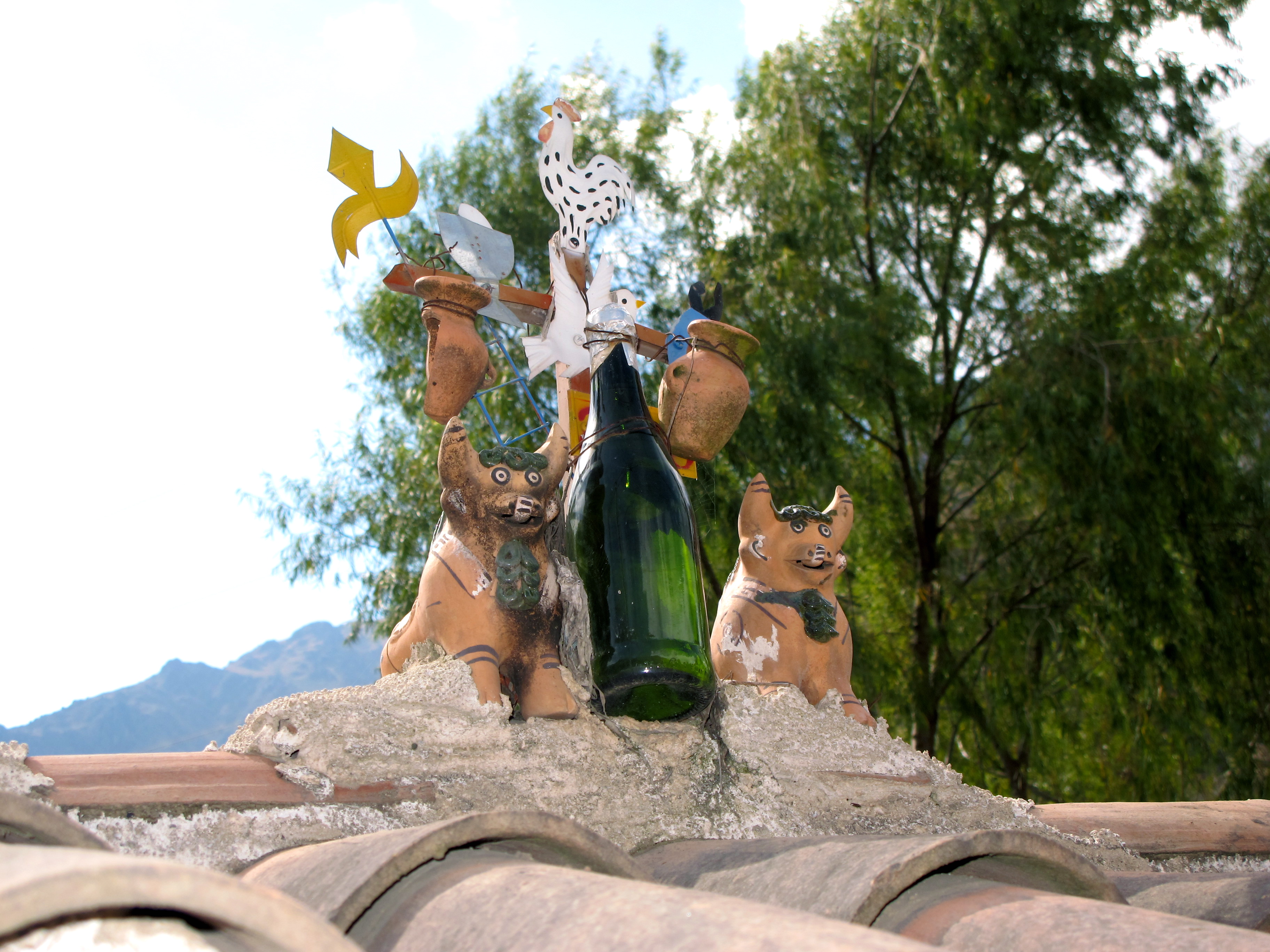
Adventurouspirits
We arrive at Ollantaytambo and camp for the night in the Ollantaytambo Lodge. A cute puppy joins us and begs to join us on our journey to Argentina. The puppy begs, I beg but Tom is still refusing to agree to adopt a puppy until we are back in Canada.
Enlarge

Adventurouspirits
It was a 2-hour train ride to Aguas Calientes from Ollantaytambo. It is a pretty train ride and at times, we passed hikers on the Inca trail.
Enlarge
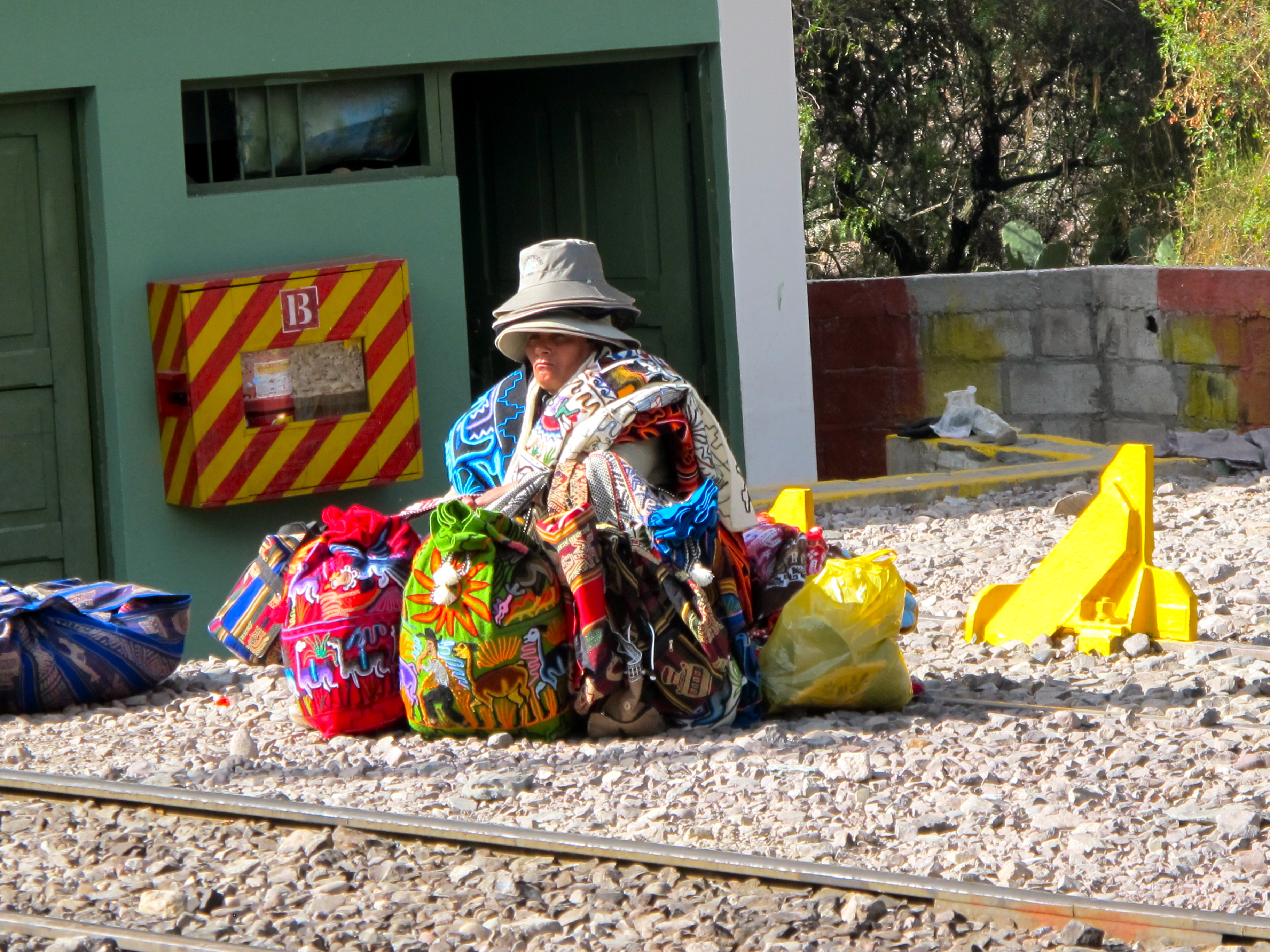
Adventurouspirits
We arrived at Aguas Calientes, booked into a hostel and planned to hike to the Machu Picchu Museum but the skies opened up and it began to rain, lightening flashed across the surrounding mountains. We purchased ponchos and in the rain, we headed off down the muddy bus route up to the actual ruins, which passes the museum.
Enlarge
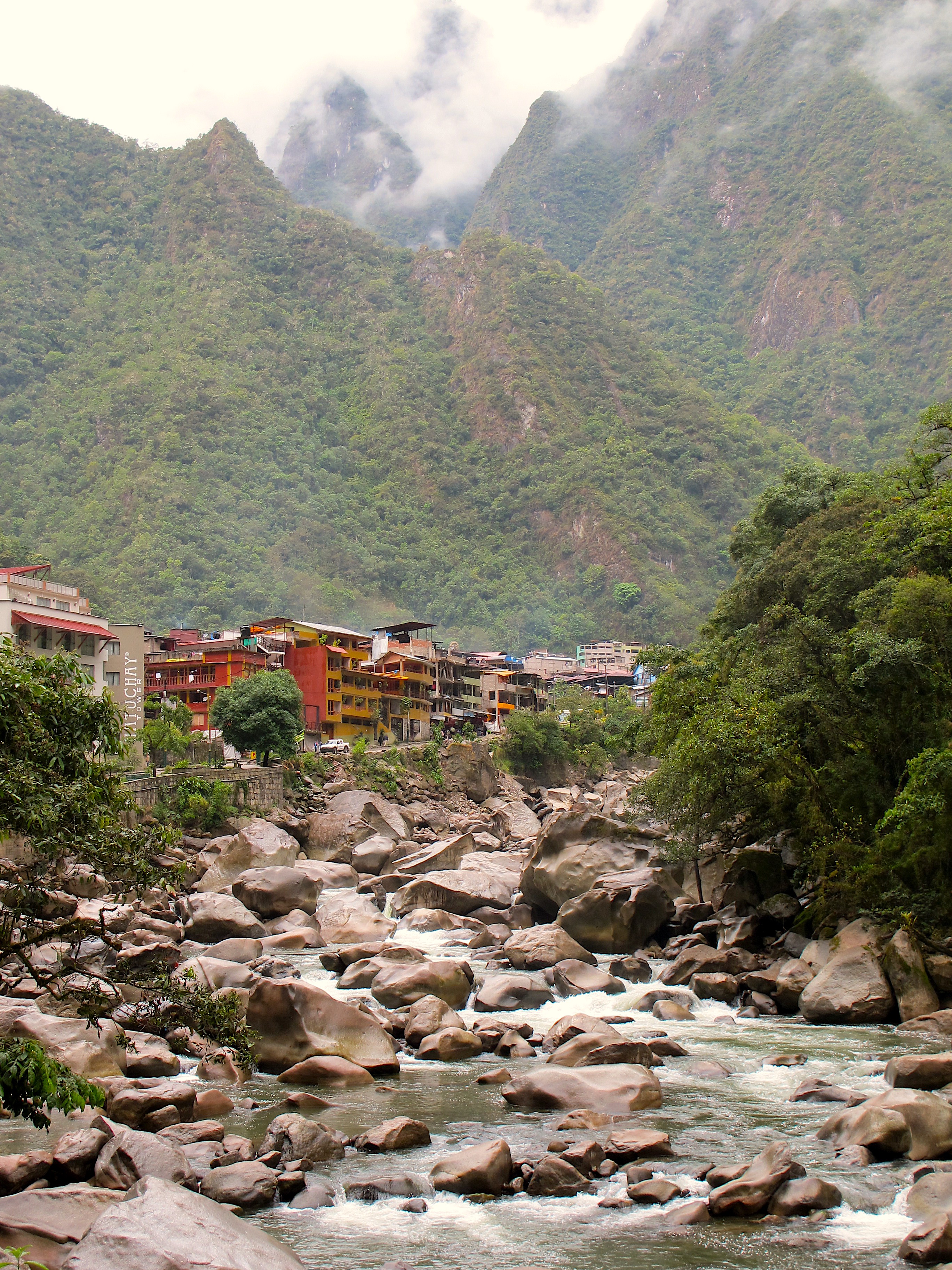
Adventurouspirits
A passing bus driver took pity on us and offered us a ride. We entered the museum, which was in darkness. Power had been cut off to the entire town due a landslide, which damaged a power line. We convinced the museum official to let us in as we had a flashlight. It was eerily silent as we wandered around the museum with Inca artefacts casting shadows around the rooms. I felt this was a great introduction to the mystery and mystic of the Incas. That evening we had candle light supper with fellow travelers Miin and Niel overlooking the darkened plaza. It was a fabulous evening.
The following morning I bolted up right in bed, sitting up in the darkness I suddenly remembered why we needed to head up to Machu Picchu early. Shaking sleeping Tom I said, “Tom wake up it is 05:30am and I remember why we need to get up to Machu Picchu as early as possible it is not to see the sunrise it is too avoid the crowds.” We had decided when going to bed that we would get up when we woke up and not chase yet another sunrise; it was the thousands of tourists we wanted to avoid. There was still no power so we had a candle light breakfast and then left to catch the bus up the mountain to Machu Picchu, arriving there just as the sun rose over the horizon. It is not often Tom or I are left speechless but we were in awe at what we saw.
Enlarge
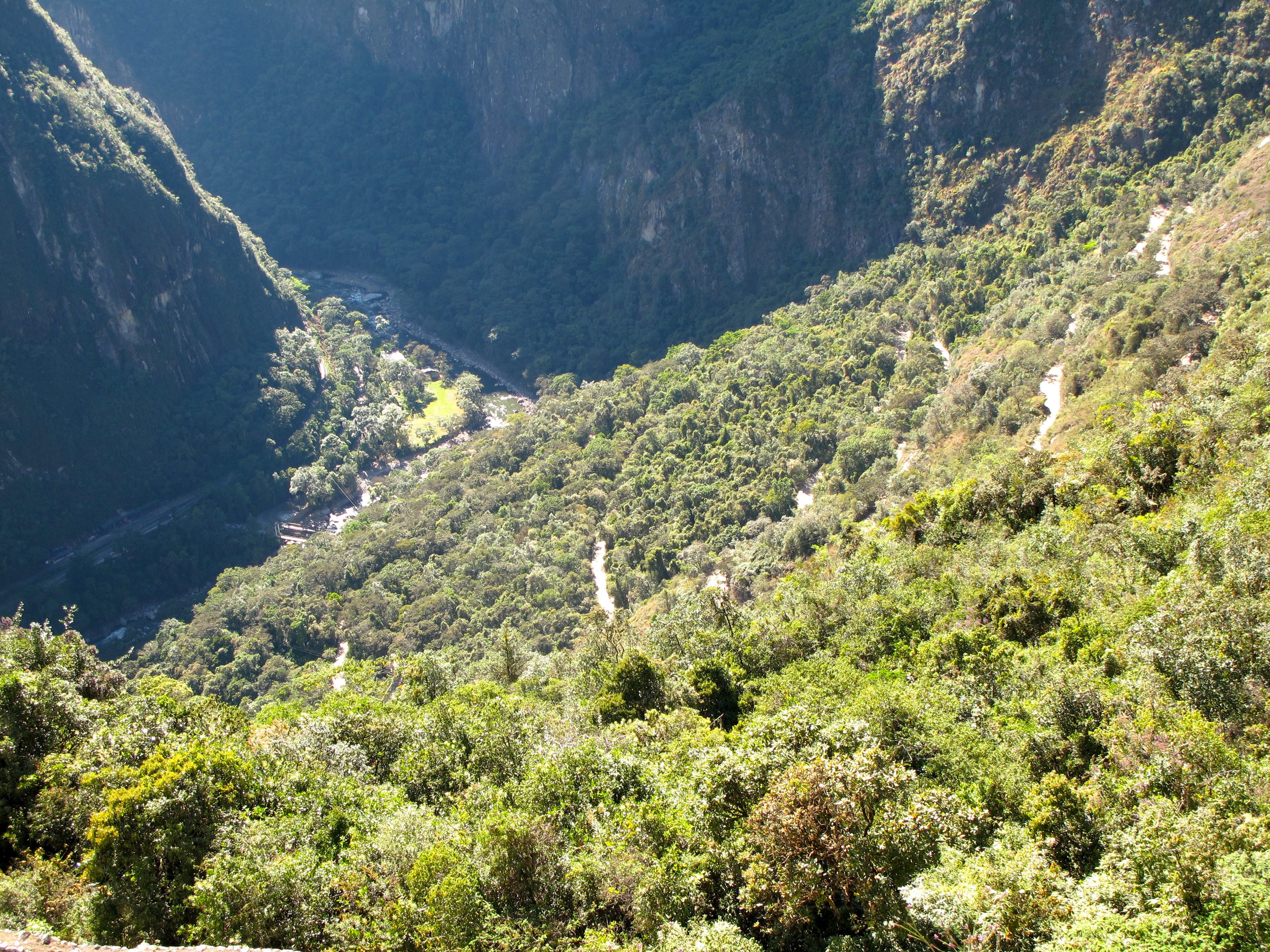
Adventurouspirits
Enlarge
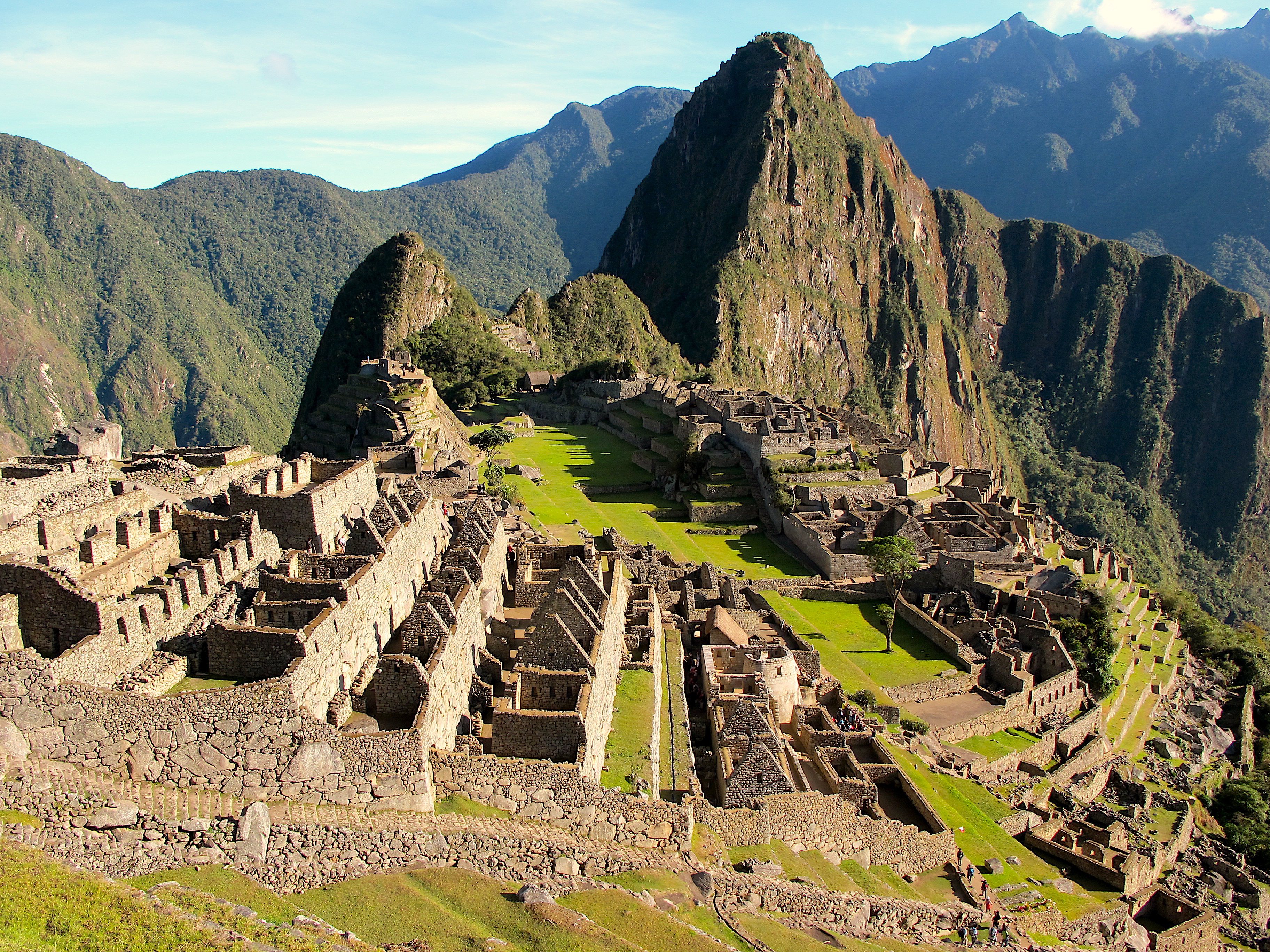
Adventurouspirits
Machu Picchu has to have one of the most spectacular settings of any city ever. The ability of the Incas to have built this ancient citadel located high in the mountains defies comprehension. Steep long terraces and beautiful carved blocks of rock.We arrived and hired a guide at the entrance Ernesto, who would take us on a journey around the ruins and provide a glimpse into the souls of the Inca people. We had a tremendous sense of awe when we first saw this ancient citadel. We wandered through Machu Picchu, enjoying the tranquility of being almost alone in this incredible setting. The sun made its way over the mountaintop swallows flew around and llamas munched on the grass. We learnt about the Incas, the perfect stones for royalty buildings and the rougher ones for the local’s homes. The places of worship, the irrigation systems, the steep terraced sides, how they used astronomy, their value of earth, water, fire and air.
Enlarge
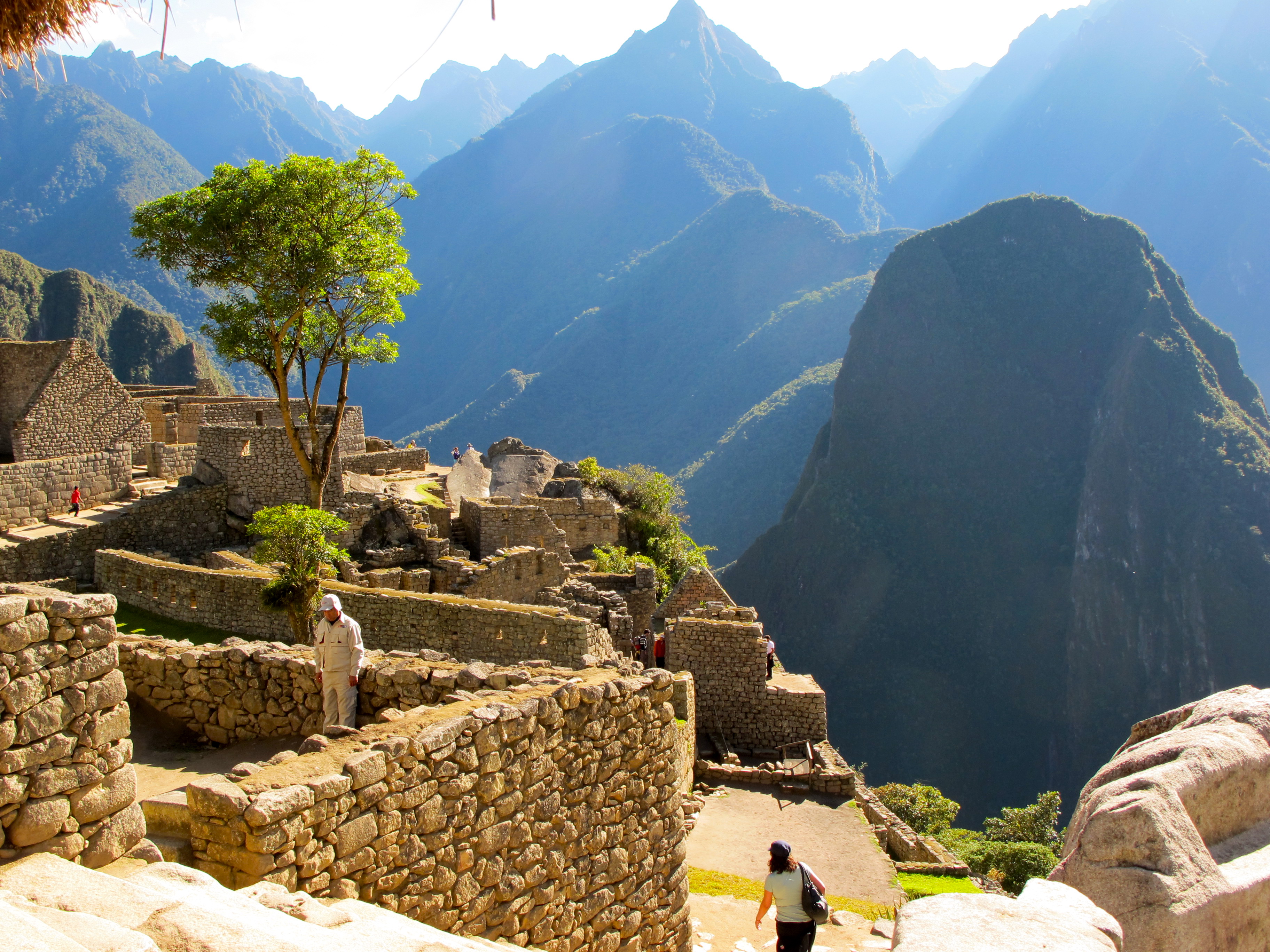
Adventurouspirits
Enlarge
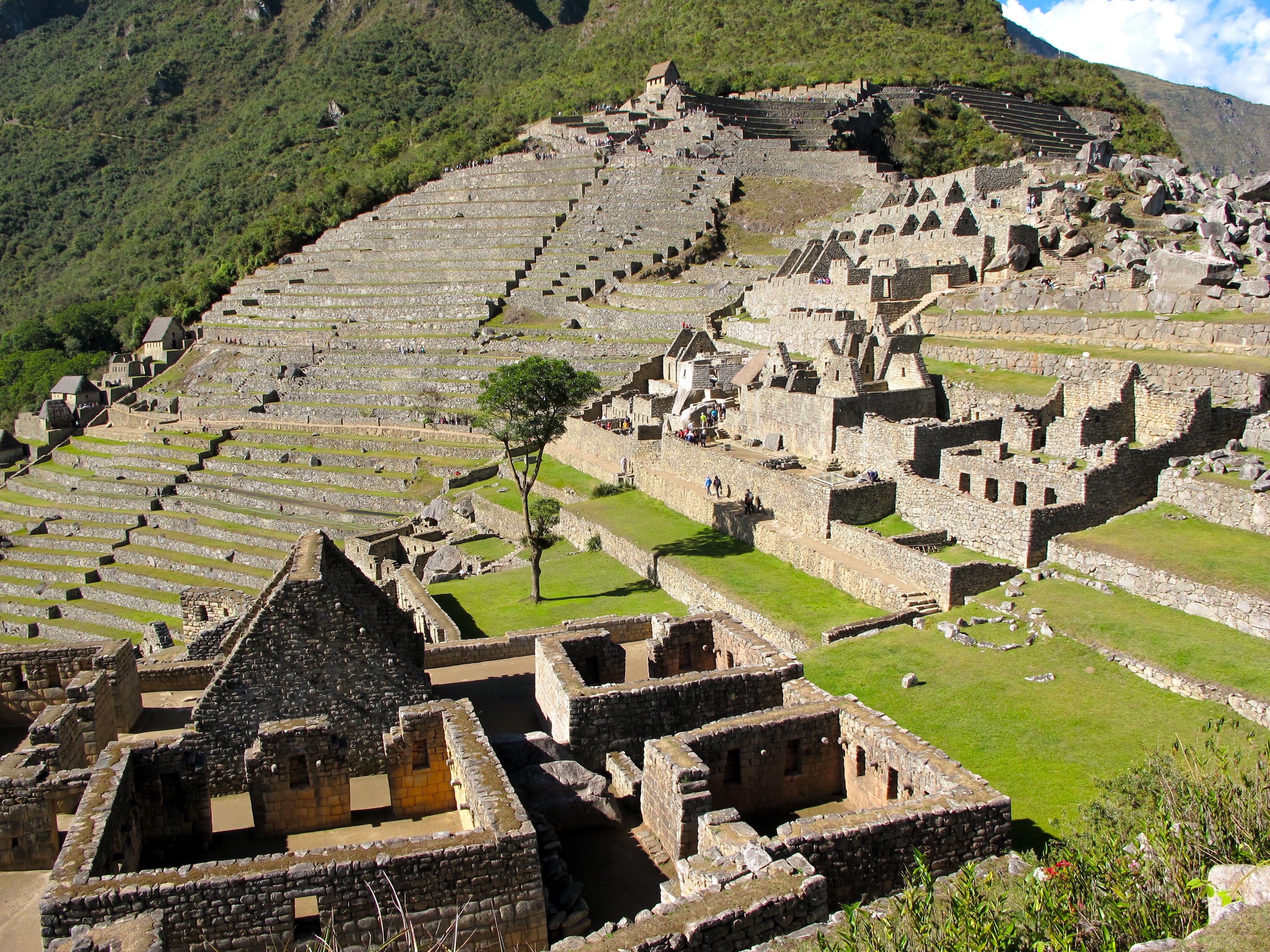
Adventurouspirits
Enlarge

Adventurouspirits
Enlarge
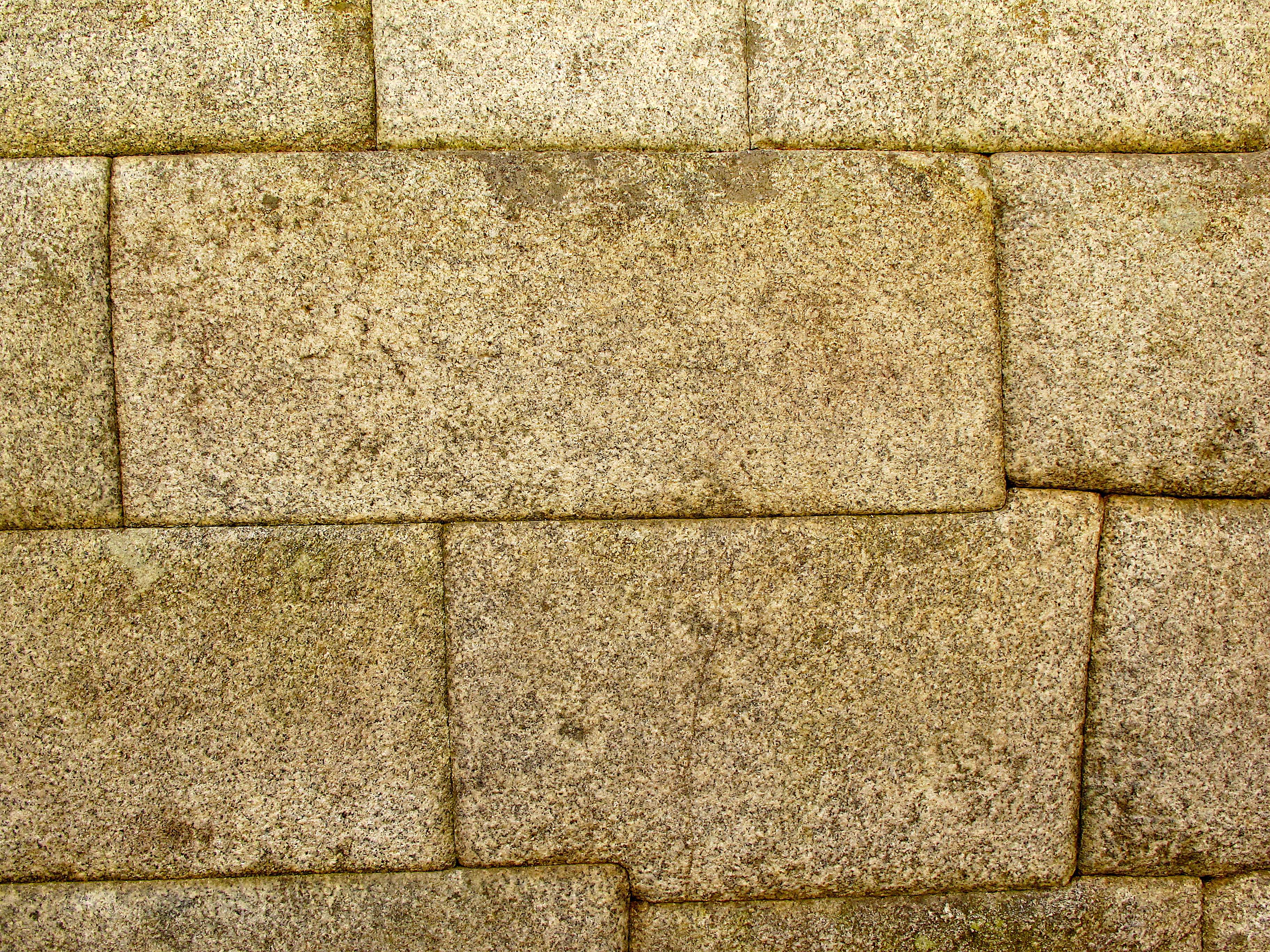
Adventurouspirits
Enlarge

Adventurouspirits
Enlarge
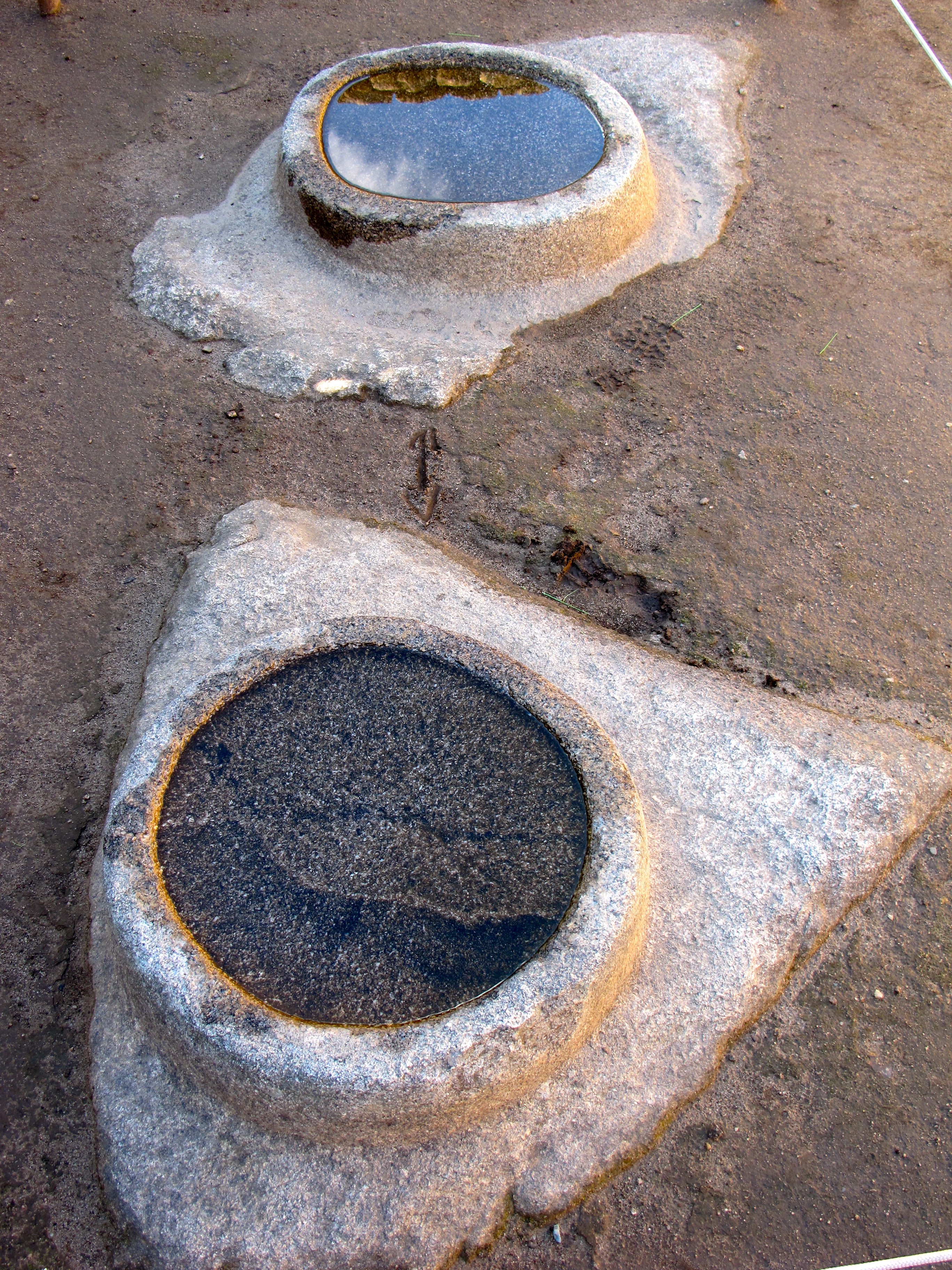
Adventurouspirits
At 1000am we said goodbye to our guide and Tom began the climb to the top of Huayna Picchu. I had twisted my ankle so decided against making the climb to the top.
Enlarge
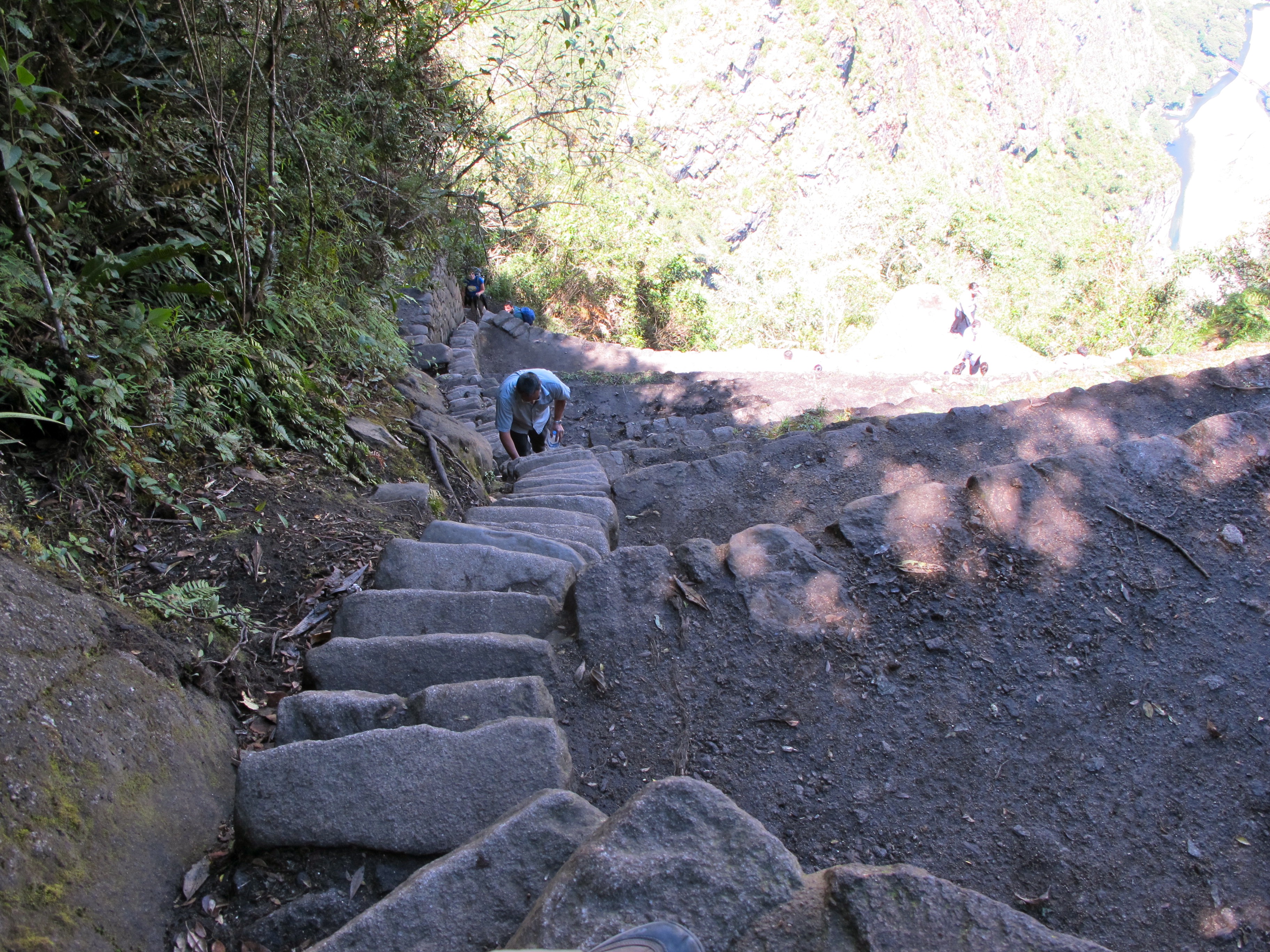
Adventurouspirts
The view over the entire Machu Picchu is stunning.
Enlarge
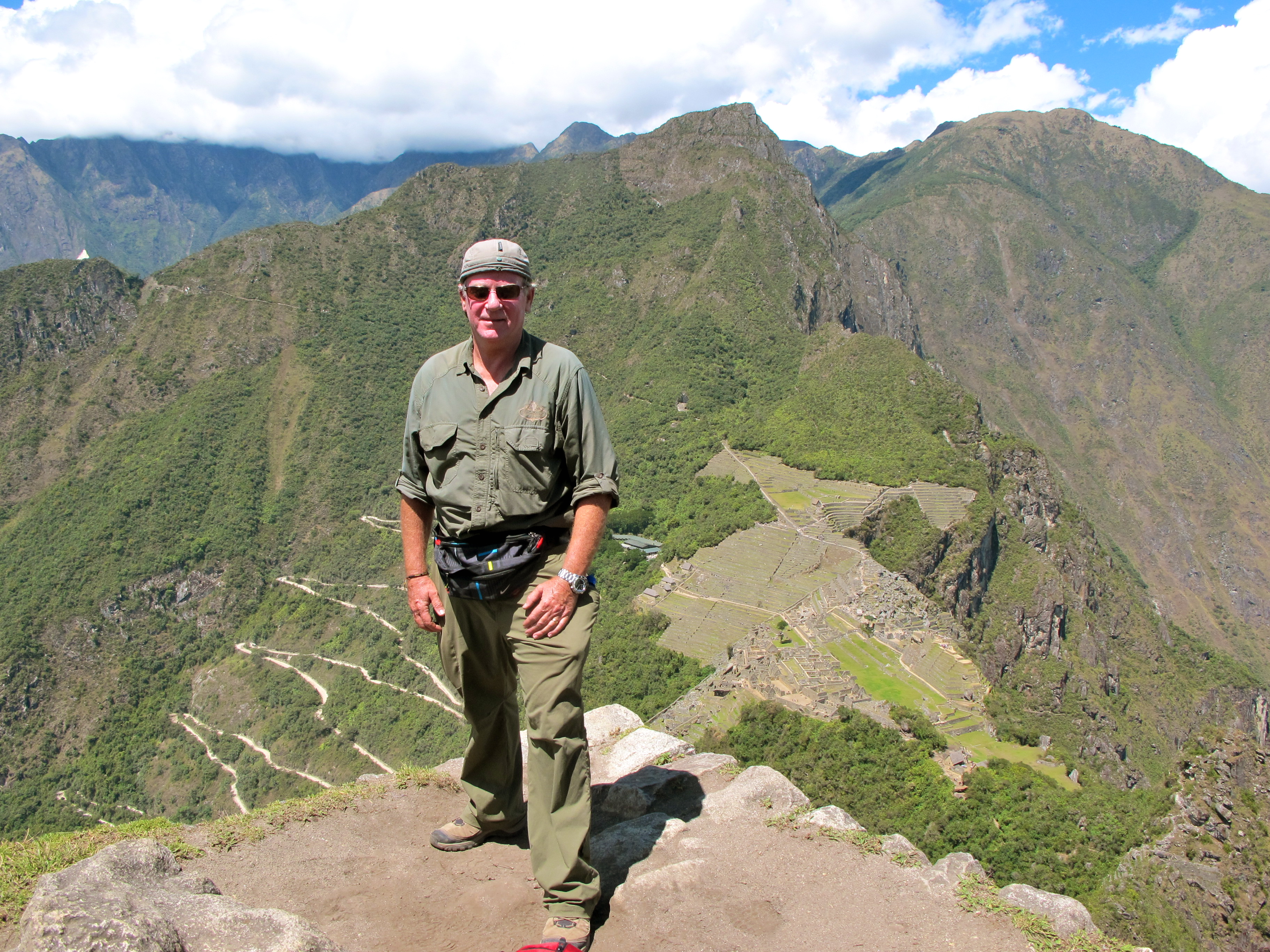
Adventurouspirts
Enlarge
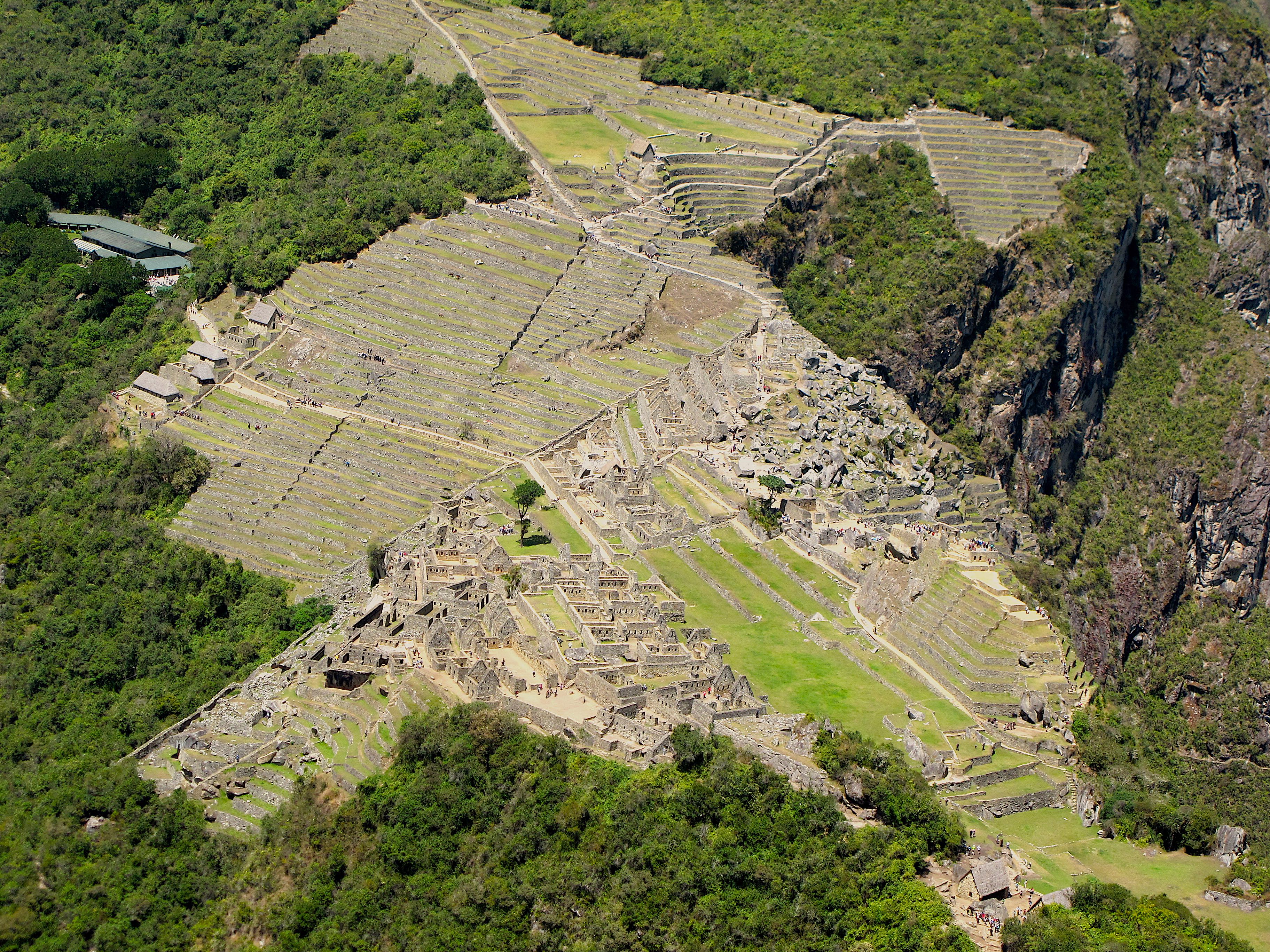
Adventurouspirts
Enlarge
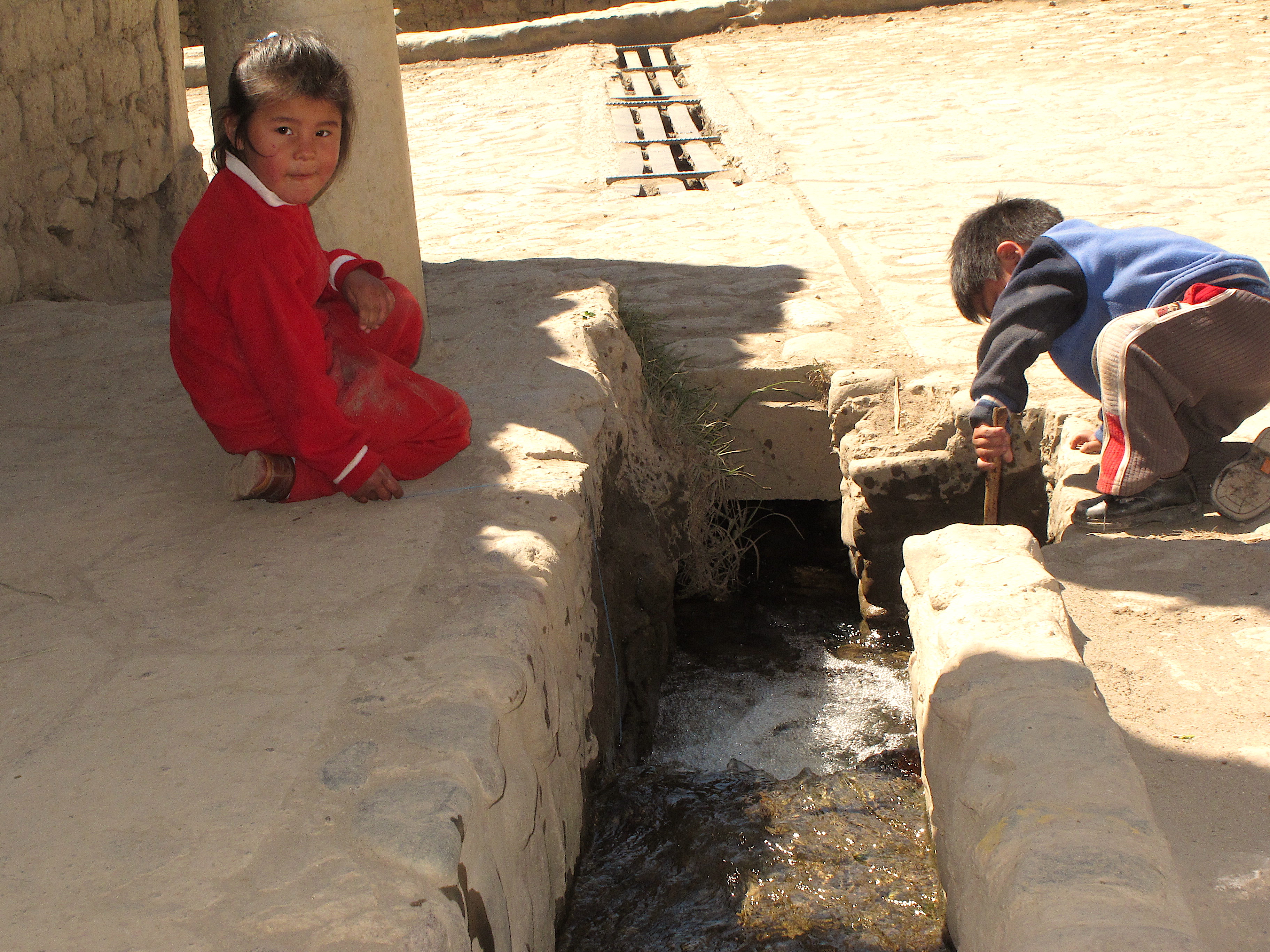
Adventurouspirits
Later we return to Aguas Calientes and celebrate our day with a delicious supper at the Tree House Restaurant before catching our train back to Ollantaytambo. It is midnight when we are finally tucked into our bed in our camper. What a spectacular day.
Enlarge

Adventurouspirits
Miin and Neil join us in Ollantaytambo and we head for Urubamba. Miin joins Tom and I for a visit to the Maras, a mass of terraced Inca salt pans which are still in operation today. We drive up the pass and below we see the salt pools over 3000 in the valley below. We arrive at Salinas the area where the salt is extracted and washed. It is another Inca wonder.
Enlarge
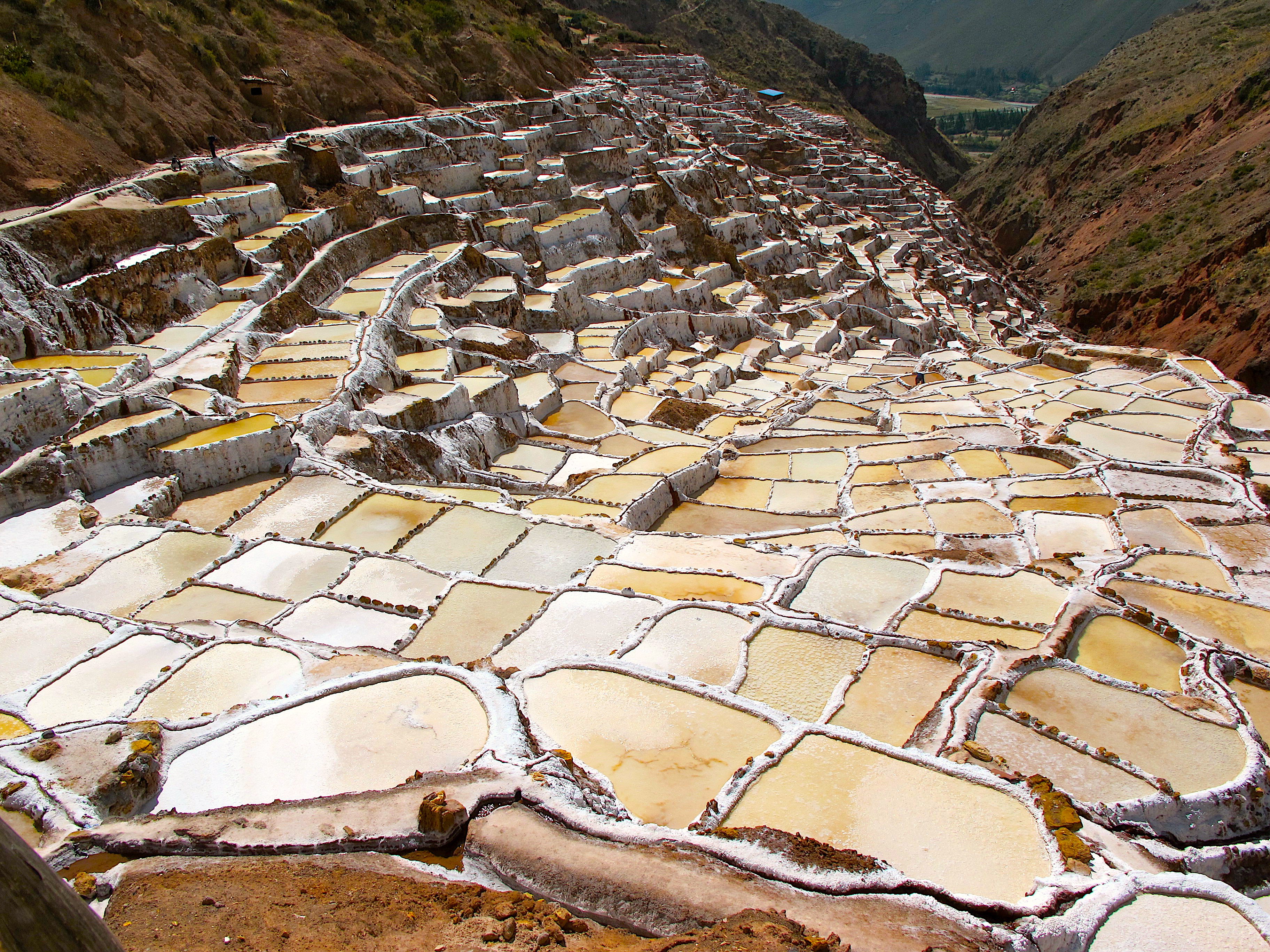
Adventurouspirits
Enlarge
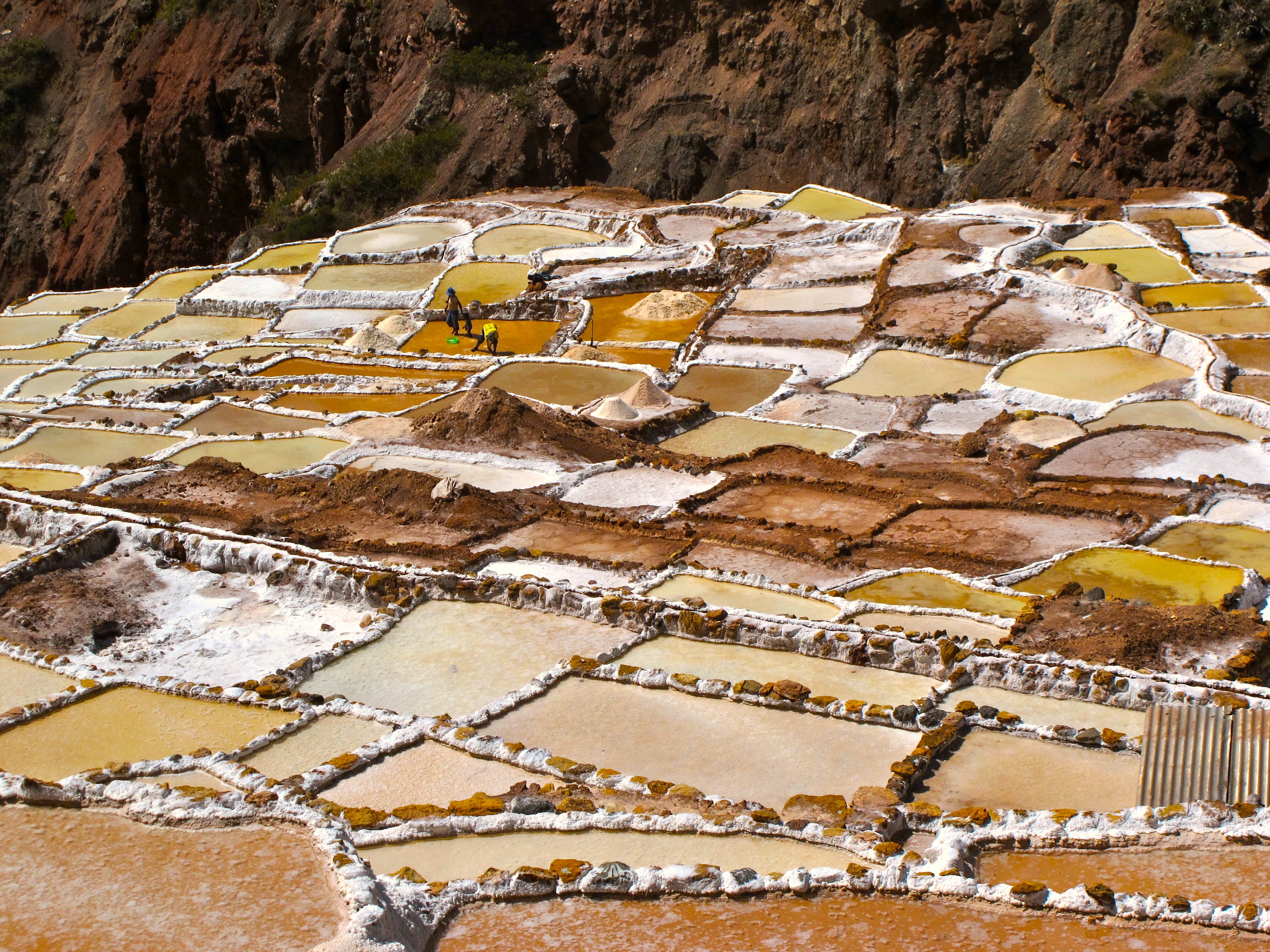
Adventurouspirits
Urubamba we stay for several nights at Mauru’s Hostel, enjoying the friendship of Miin and Neil, the festival parades of the villagers, markets, quaint local restaurants and having time to catch up with emails and family.
Enlarge

Adventurouspirits
Enlarge
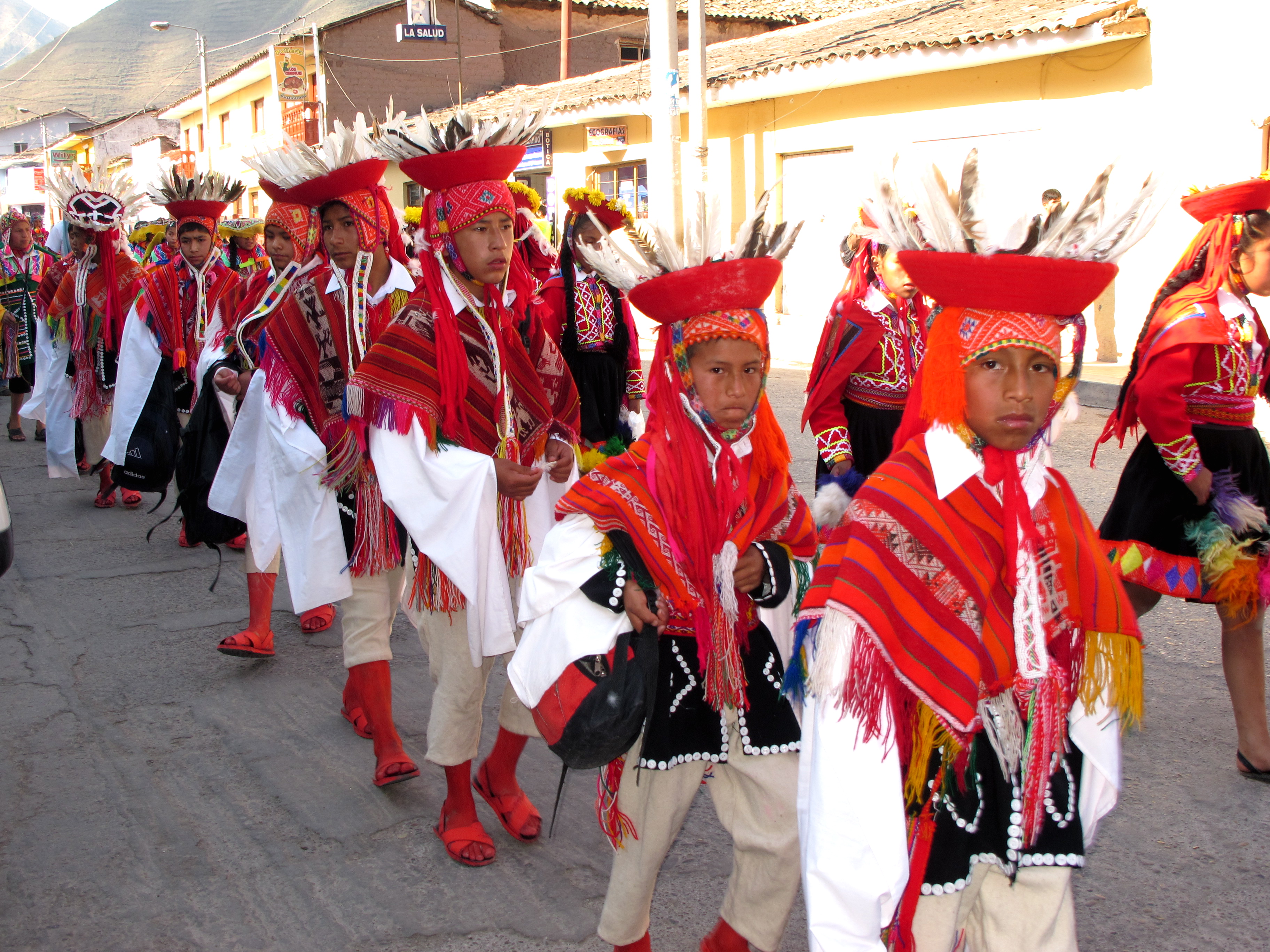
Adventurouspirits
Enlarge

Adventurouspirits
Tomorrow we are leaving the Sacred Valley and are not quite decided whether to go to Manu National Park or head for Lake Titicaca. Something will help us make that decision.
Tips for Visiting Machu Picchu Based on our Experience.
Getting to Aguas Calientes
There are no roads into Aguas Calientes so unless you hike the Inca trail, you will need to take the train from either Cuzco or from a village located in the Sacred Valley. Not all villages in the Sacred Valley offer train services for tourists. You can take a bus to one of the villages in the Sacred Valley if you do not have your own vehicle.
It is cheaper to go by train from a village in the Sacred Valley to Aguas Calientes than from Cuzco.
We drove to Ollantaytambo where we parked our truck at Ollantaytambo Lodge, which also permits camping. It is safe and secure and they gave us a key to a room for a hot shower. People there are extremely helpful and pleasant. Currently there is a cute puppy there who loves to chew so do not leave anything on the ground. Water is also available for filling water tanks. It was very quiet.
Purchasing Tickets for Train
We took a train from Ollantaytambo to Aguas Calientes. We purchased tickets the same day we arrived in Ollantaytambo. There are several types of trains so the prices depend on the service you take. The trains were fairly full. It was a 2 hour trip to Aquas Calientes. It is a pretty trip if you sit on the side overlooking the valley and river below. Seats are assigned so ask for seats that overlook the river and valley. You are served snack and drinks on the train.
We only purchased a one-way ticket as we did not know how long we would be in Aguas Calientes. You need to show your passport to purchase the train tickets.
Accommodation in Aguas Calientes
We had not booked a hotel in Aguas Calientes but there were many available places to stay.
We had not purchased tickets for Machu Picchu and it is easy to purchase them at the iPeru tourist office in the main plaza in Aguas Calientes. There was no line up. Despite being told we would not get one of the 400 tickets sold daily to hike the Huayna Picchu as they are always sold out, they still had tickets available for either the 0800am or 1000am group.
Bus tickets to Machu Picchu Site
Then we purchased our bus tickets for the following morning, again no problems. Bus tickets are not assigned for a specific time, it is first come first served in the morning. We left at about 0630 and there were no line ups and so we boarded the first bus available. You can walk up to Machu Picchu from Aguas Calientes but we recommend that unless you are really fit and can walk up fast to avoid the crowds it is best to go by bus. It is a steep long climb. Return bus tickets cost US$15.00. Save your energy for hiking around the ruins.
Buses leave at 05:30am to take tourists up to the ruins.
Hire a Guide
We hired a guide at the entrance gate to Machu Picchu. Logan and Brianna recommended we take a guide and Ernesto was fabulous giving us lots of information and answering all our questions. If you are going to go to so much trouble and expense of getting to Machu Picchu, you absolutely should hire a guide. They are well trained, knowledgeable and well worth the cost. They will be at the entrance to Machu Picchu at the ticket gate
Eating
If you are going to have one meal in Aguas Calientes make sure it is at The Tree House. They offer the most delicious gourmet local food; we have had in South America. I had trout in passion fruit sauce, Tom had sweet potato soup as starters and then we had alpaca as our main course. Highly recommended.
What to take when visiting the actual ruins
- There is storage at the entrance to the ruins for bags etc.
- The only toilets are at the entrance so you will need to exit and enter again if you need the toilets.
- Take a good camera. Remember to have fully charged batteries and an empty card
- Good walking shoes, there is lots of climbing of steep steps and trails
- Drinking water
- Sunscreen and hat. The sun is fierce at this altitude.
- Sunglasses
- Put on mosquito repellent before you head up
- A jacket it can be chilly at certain times of the year and a poncho in case it rains and it does cloud over a lot due to the height. These can be left in storage if not needed once you arrive at the ruins and would be easy to retrieve should the weather change.
- Your passport must be shown to enter the ruins.
- You can re-enter the ruins as many times as you want during the day. Therefore, it is possible to eat at the little cafeteria at the entrance and then head back after lunch.
- Go early as busloads of tourists on a day trip to Machu Picchu start arriving after 9am, thousands of them and soon you are competing for space. Before then you will almost have Machu Picchu to yourself, well worth getting up early. The buses start leaving for the ruins at 0530 we left at 0630 and it was excellent.

Thanks for the great story! I’ll be sure to take a second glance towards the idea of renting a car and driving myself around Lima when I fly there in a few weeks! Quick question though; I will be backpacking from Lima into Southern Peru down towards Brazil and I’ve heard many stories about people getting robbed there so quite frankly I’m scared *%$#less about hiking around there. Do you have any recommendations or any input about me hiking through there? What about sites of interest? Thanks and I look forward to hearing from you!
Ron
Dear Adventurous Ones!
Congratulations on 39 years.. that is quite a feat that we hope we can one day accomplish too 🙂 Hope that all goes well with your Nissan’s repairs.
We just arrived in Huaraz, not sure how long we’ll stay but would love any recommendations you have- we might do some short treks too. And we would love to know the name of the first hostel you stayed at in Lima as we are only planning to drive through and maybe just spend two nights there.
Hope we get to catch up with you (seems likely!).
Big hugs and safe travels
Miin and Niel
Happy 39th Tom and Janet. Who knew what adventures you would have over the 39 years. We think that you would have more than any other couples. Our love and best wishes to you. Don’t forget the rule!!
“Love in the air” shot wins the prize from all the fascinating pictures of what seems like an exciting city.
One can’t help gawking at it for several minutes to absorb the mindset of the sculptor. Maybe Kama Sutra influence or perhaps a deep understanding of ” Impossible manouvres for the imagination”
Nice touch to celebrate your 39th anniversary. Congratulations!!!
Happy Anniversary you two!! Lovely photos. I hope Logan and I are still on the road 39 years from now 🙂 You guys rock!
Congratulations Still having fun. Good for you guys Be safe
Regards
Hope that you had a lovely anniversary in Lima! Guessing that Miles and I won’t make it there in time for our anniversary in early October. Maybe we should plan for a nice hotel in Mexico.
One month + one day to take off. Looking forward to catching up with you somewhere south of the equator.
Thanks for the heads up about driving in Lima. I’ll be sure to have the professional driver take charge while we’re there and I’ll stay “safe” in the sidecar (with flimsy side panels that could barely protect me from a bumble bee at high speed). Perhaps I need to add body armour to the packing list.
Take care!
Tracey
Congratulations on 39 years of marriage! Astrid and I just hit 11 last month! Those photos of Huaraz look great and I might even consider driving in Lima after reading this post! Safe travels!
Happy Anniversary, wonder if you imagined that you would be spending your 39th anniversary pondering the mindset of a Peruvian sculptor…..can’t wait to see where you are on your 40th…